ANTHEMIS ARVENSIS IN BLOOM
In the second week of May, Anthemis arvensis, a plant that covers large areas in Palera, has produced an impressive multitude of flowers. Palera is a place where many of my posts from April and May this year were set, so I've presented the aforementioned plant here on Hive several times before, but never in such an exuberant edition.
For those who haven't seen those older posts, I feel the need to say that Palera is a coastal, agriculture-oriented area a couple of kilometers from the village of Liznjan, and about five or six kilometers from where I live.
The seasonal abundance of flowers ...
... has attracted many insects ...
... and with all that potential spider food crawling and buzzing around ...
... some well-fed spiders were also present on the scene.
This small bug belongs to the Lygaeidae family.
The name of the species is Nysius graminicola. These bugs feed on various herbaceous plants, especially those in the Asteraceae family. Anthemis arvensis, commonly known as the scentless chamomile, belongs to Asteraceae.
Nysius graminicola feeds mainly on seeds, and only occasionally on stems or leaves. Nectar or pollen isn't part of their diet according to the sources I found on the Internet, but according to these photographs, a bit of nectar could be on the menu nonetheless.
Here you can see the Rhamphomyia umbripennis, a small fly from the Empididae family feeding on nectar. In the following photograph ...
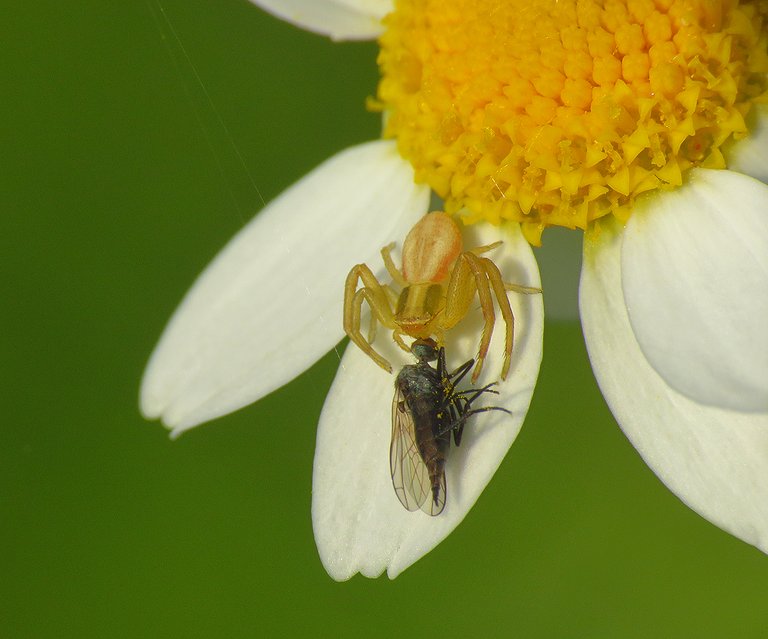
... another fly of the same kind has ended up in the fangs of a spider from the Thomisidae family. A crab spider, in other words. The scientific name of the species is Runcinia grammica.
Empis livida is a much bigger fly from the Empididae family.
Adult Empis livida feed on nectar and other insects, which they actively hunt.
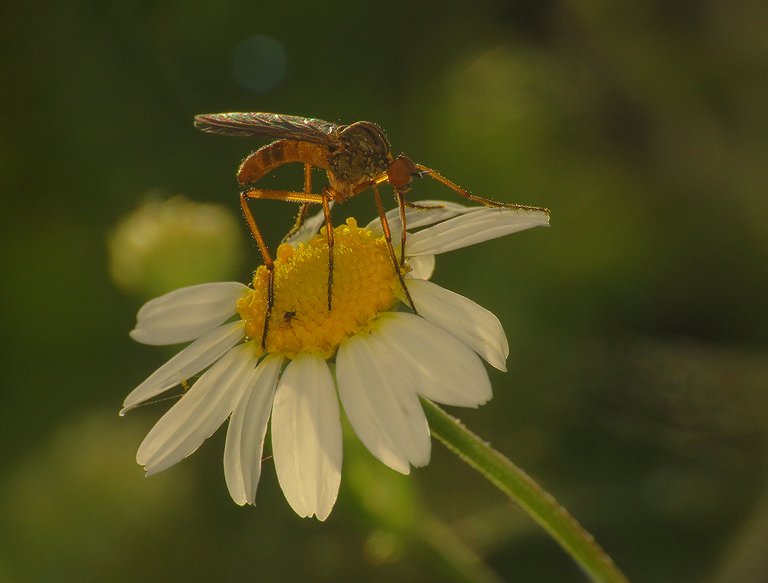
Larvae are strictly carnivorous. They live and hunt in the leaf litter.
Of all the insects I saw in those days on the Anthemis arvensis plants ...
... the true bugs (order Hemiptera) were the most numerous.
In this and the previous photograph, you can see the Closterotomus norvegicus, a bug from the Miridae family, on the Anthemis arvensis flower that hasn't reached its maturity yet. I mean, the bug in the first photograph is feeding on the florets of the composite flower, while the Closterotomus norvegicus in the second one is just resting. The following shot, on the other hand ...
... shows another bug of the same kind resting on the fully developed Anthemis arvensis flower.
Here you can see a small shield bug I had never seen before.
The name of the species is Dyroderes umbraculatus.
The family is Pentatomidae, of course.
This is the Centrocoris spiniger ...
... an interestingly shaped bug from the Coreidae family.
This species feeds on the sap of the plants from the Asteraceae and Poaceae families.
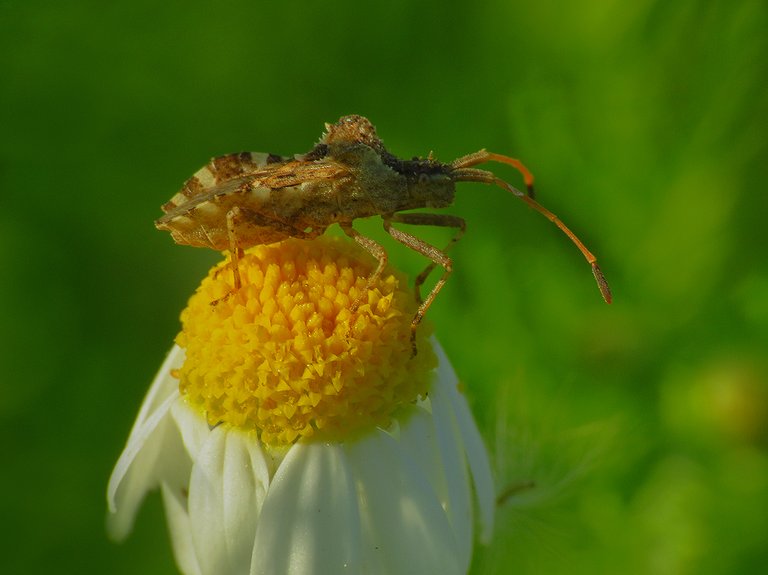
That's all I can tell you about the Centrocoris spiniger. And now, before introducing the next hemipteran species ...
... let's take a look at the exuberance of Anthemis arvensis at sunset.
This is the Dolycoris baccarum ...
... a bug from the Pentatomidae family. Another shield bug, in other words.
Here you can see a bug from the Rhopalidae family.
The scientific name of the species is Rhopalus maculatus. In the following photograph ...
... the bug is shown in a different pose.
This tryptich shows the abundance of Anthemis arvensis flowers in the scenery.
The flowers look more or less the same at first sight. And on the second, third, and fourth, probably as well, but ...
... but a longer observation with more focusing, as the view through the lens travels from flower to flower, it reveals small differences and helps create unique petalous characters in my mind.
In this photograph, a flower in development and a fully developed one are posing together, one of them vertically, the other one horizontally.
The petals of this flower are noticeably different. They still have to spread a bit to reach the final shape.
There's nothing I can tell you about this photograph. Nothing special, at least. It's just another lovely flower on display. The same applies to the next one.
Yep, just another Anthemis arvensis flower, that's all.
In this photograph, a flower was photographed from behind.
Here you can see a group of common poppies (Papaver rhoeas) growing in the sea of scentless chamomile.
Here you can see a syrphid fly feeding on the Anthemis arvensis flower. The scientific name of the species is Sphaerophoria philanthus. The family is Syrphidae, of course. The following photograph ...
... shows another fly of the same kind on yet another Anthemis arvensis flower. If you take a good look at all the details, you may notice some vivid red stuff seemingly protruding from the insect's mouth.
Here you can clearly recognize some tiny red creatures attached to the mouthparts of the fly. So, what are these little red things? I don't know. Nothing I found on the internet matches what you can see in these pictures. They look like tiny insects or insect larvae. Are they parasites? Or just occasional hitchhikers? Who knows? I, most certainly don't.
So far, I have only shown you what was going on at the top of the Anthemis arvensis plants, among the upper leaves and flowers. The following photograph ...
... is here to lead you on a trip into the shady world on the ground. I created a little tunnel to explore a small chunk of that mysterious place.
This shot shows a spider from the Gnaphosidae family that I photographed there. The name of the species is Haplodrassus signifer. Gnaphosidae are commonly known as ground spiders.
Here you can see the same spider posing near a minuscule springtail. I didn't notice the springtail while photographing, only later, at home, when I saw the picture enlarged on the computer screen. You can find the springtail from the Entomobryidae family near the left border of the frame.
This lovely red flower belongs to the Lysimachia arvensis plant.
The plant shown in the center of this shot, a plant that I wasn't able to identify, is surrounded by Lysimachia arvensis, decorated with tiny red flowers.
Here you can see another Lysimachia arvensis flower. This one was photographed in the low ambient light.
Here I came a bit closer to the same flower.
At the base of one of those Lysimachia arvensis plants, I found what looked like a small red ant at first sight.
The insect was running around, and I had a hard time following it with my camera.
At some point, when it stopped and stood still for a few seconds, a better, more up-close look through the macro lens revealed the hemipteran features of its ant-mimicking anatomy. This is a very young Himacerus mirmicoides nymph. Himacerus mirmicoides is a predatory bug from the Nabidae family. Adults look nothing like ants.
Here you can see a well-camouflaged insect that I photographed a few meters further. This is the Asiraca clavicornis, a planthopper from the Delphacidae family.
That's all I found on the ground under the Anthemis arvensis plants.
It's time to stand up ...
... and return to the flowers.
Here you can see an Entomobrya nicoleti springtail resting on one of the many white petals.
Psilothrix viridicoerulea, a beetle from the Melyridae family, was feeding on the pollen in the center of the same flower.
The small, iridescent beetle looked like a giant ...
... compared to the tiny springtail.
The two looked great together.
There isn't much to say about this photograph. Just another portrait of yet another Anthemis arvensis flower.
Here you can see more flowers in the evening scenery.
This photograph shows another fly. This one belongs to the Tachinidae family.
The name of the species is Cylindromyia brassicaria.
In the center of this evening scene, you can see a friend who was there with me ...
... surrounded by scentless chamomile and poppies.
This is a portrait of an Anthemis arvensis flower that hasn't completely developed its petals.
Here you can see another flower at a similar stage of development, seen from a different angle.
I don't know what to say here. Just another similar portrait, that's all.
Here you can see a crab spider waiting in ambush on a fully developed Anthemis arvensis flower.
The name of the species is Thomisus onustus. The family is Thomisidae, of course.
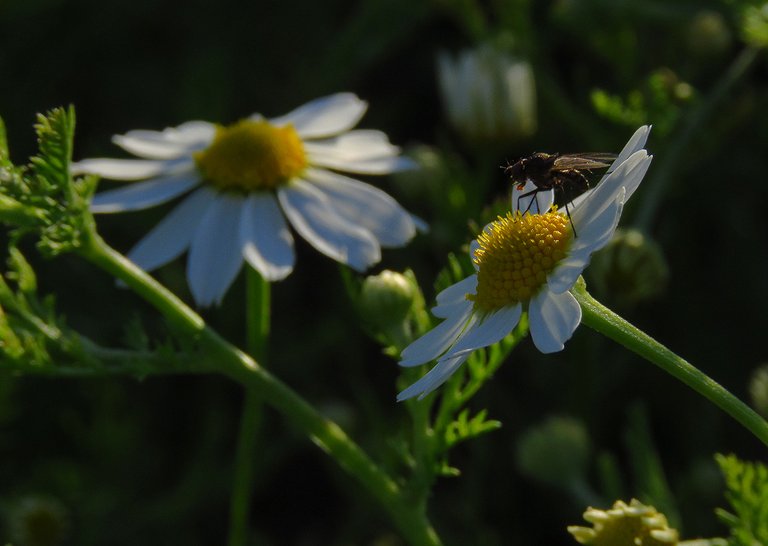
You can see a fly on the flower in the foreground of this shot. In this case, I can't tell you the name of the species.
This photograph shows a caterpillar on the flower.
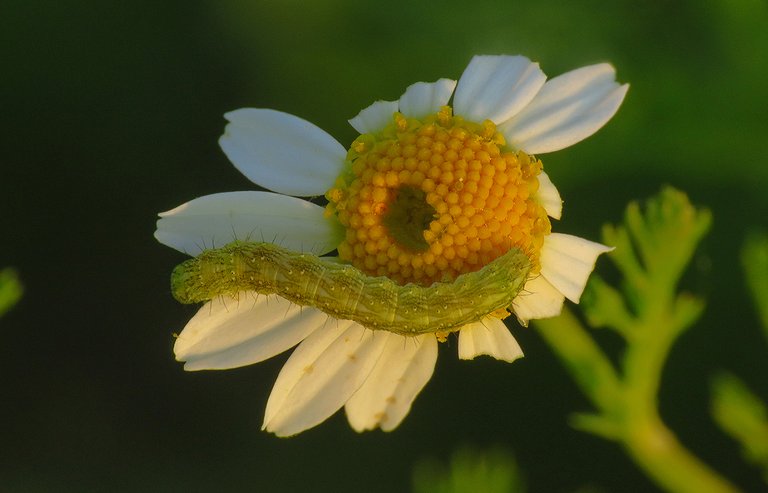
It's a moth larva.
The name of the species is Cucullia chamomillae.
Yep, you're right, this is just another ordinary Anthemis arvensis flower. Do you wanna see another one?
And here comes another one!
Here you can see the Agapanthia cardui, a beetle from the Cerambycidae family.
And that's more than enough for today. The post ends here. THE END.
The following links will take you to the sites with more information about the protagonists of today's post. I found some stuff about them there.
https://en.wikipedia.org/wiki/Anthemis_arvensis
https://www.inaturalist.org/taxa/1079777-Nysius-graminicola
https://en.wikipedia.org/wiki/Rhamphomyia_umbripennis
https://en.wikipedia.org/wiki/Empis_livida
https://en.wikipedia.org/wiki/Closterotomus_norvegicus
https://www.britishbugs.org.uk/heteroptera/Pentatomidae/dyroderes_umbraculatus.html
https://en.wikipedia.org/wiki/Centrocoris_spiniger
https://en.wikipedia.org/wiki/Dolycoris_baccarum
https://www.britishbugs.org.uk/heteroptera/Rhopalidae/rhopalus_maculatus.html
https://en.wikipedia.org/wiki/Sphaerophoria_philanthus
https://en.wikipedia.org/wiki/Haplodrassus_signifer
https://en.wikipedia.org/wiki/Lysimachia_arvensis
https://www.inaturalist.org/taxa/130127-Himacerus-mirmicoides/browse_photos
https://www.britishbugs.org.uk/homoptera/Delphacidae/Asiraca_clavicornis.html
https://www.naturespot.org/species/entomobrya-nicoleti
https://en.wikipedia.org/wiki/Psilothrix_viridicoerulea
https://en.wikipedia.org/wiki/Cylindromyia_brassicaria
https://en.wikipedia.org/wiki/Thomisus_onustus
https://en.wikipedia.org/wiki/Cucullia_chamomillae
https://en.wikipedia.org/wiki/Agapanthia_cardui
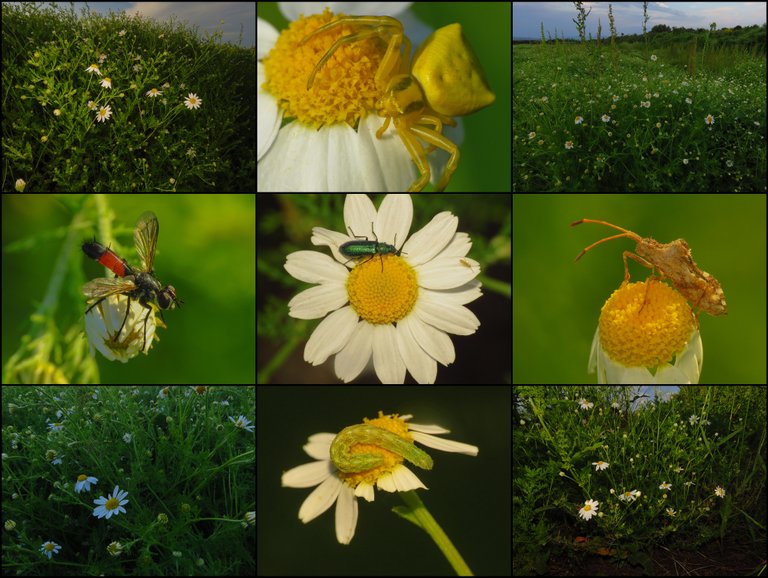
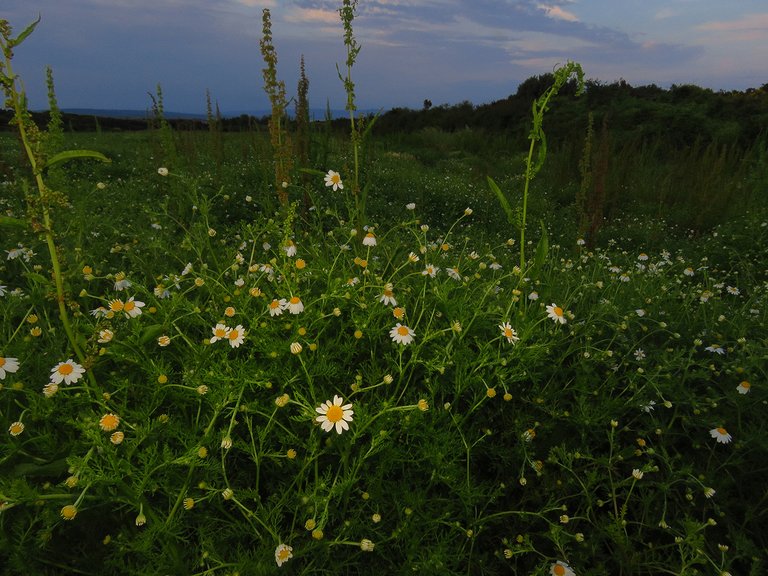
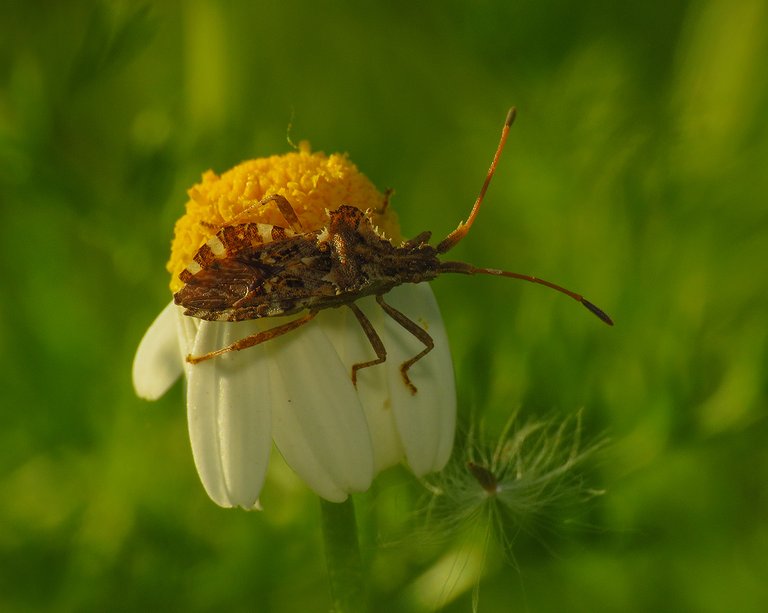

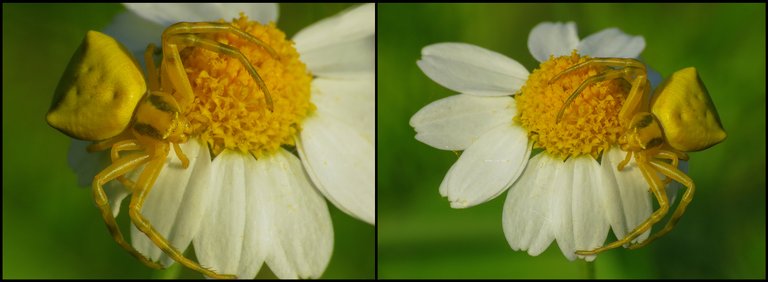
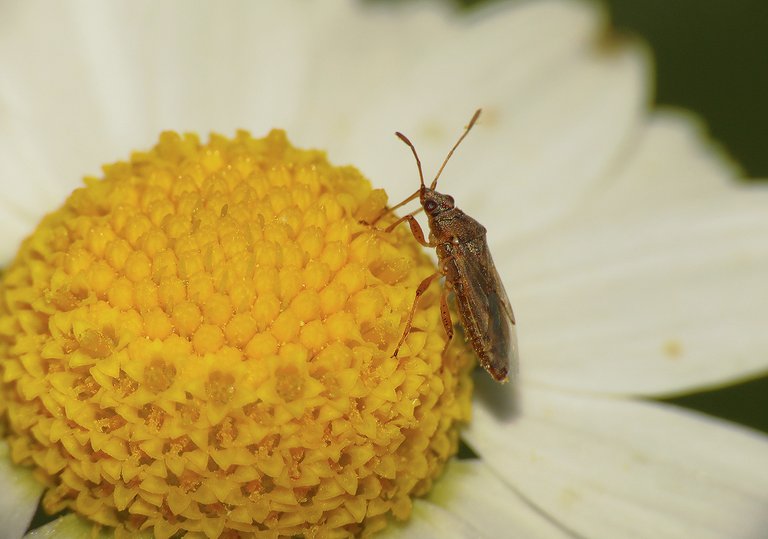
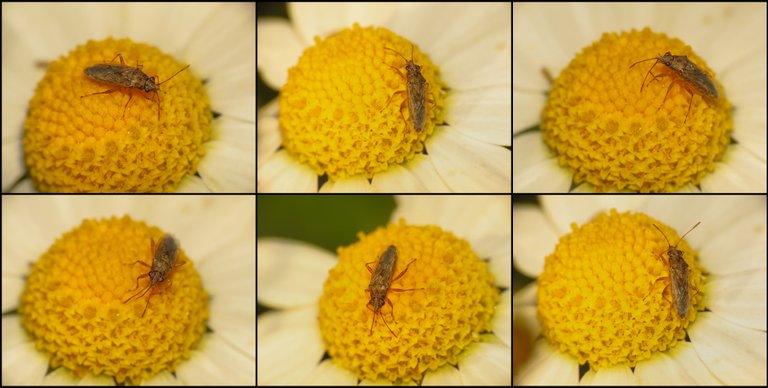
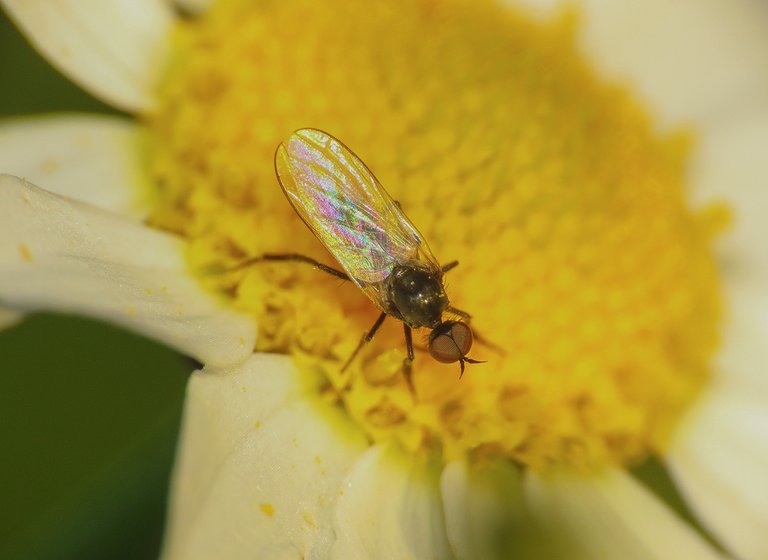
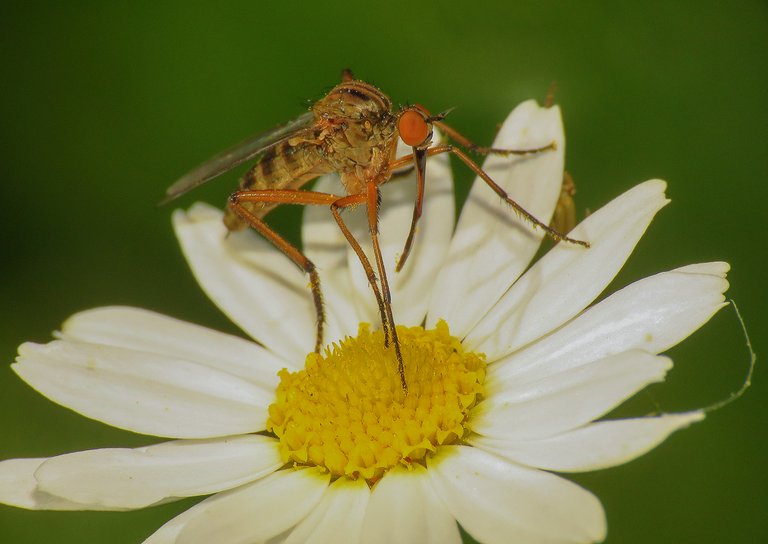

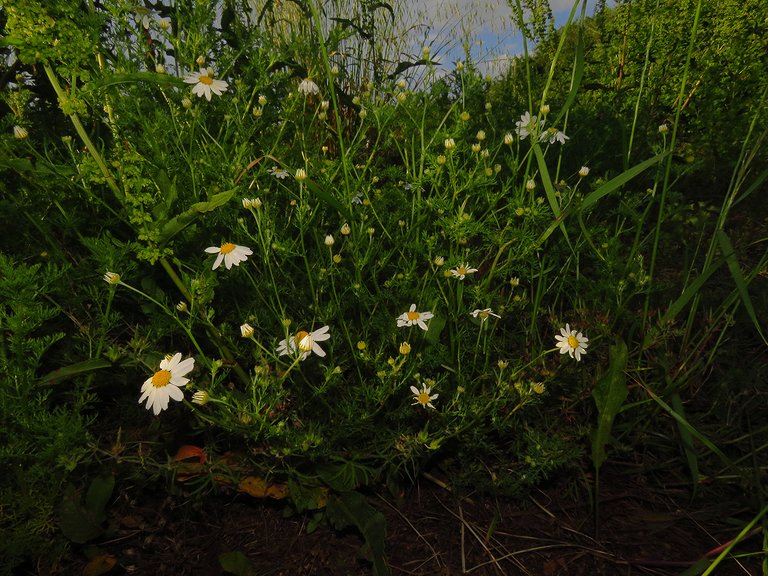
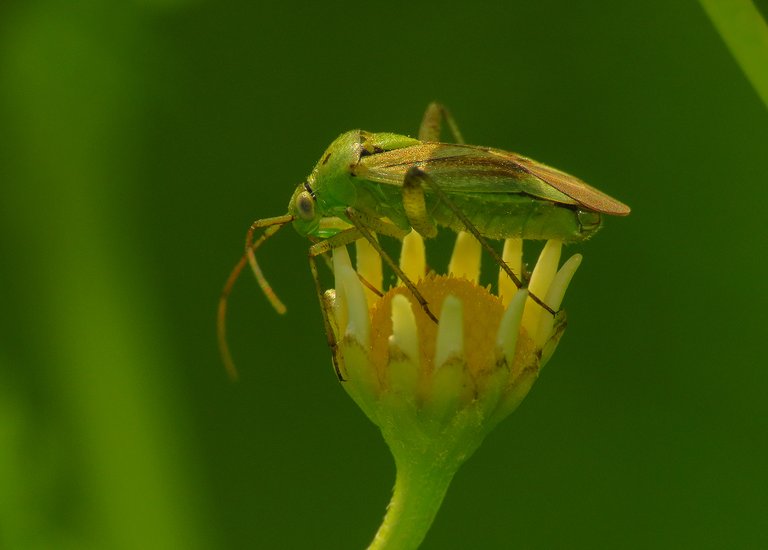
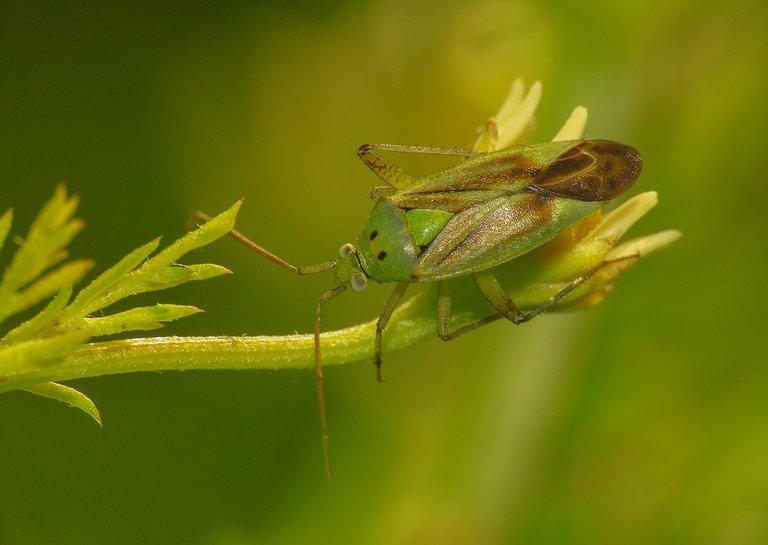
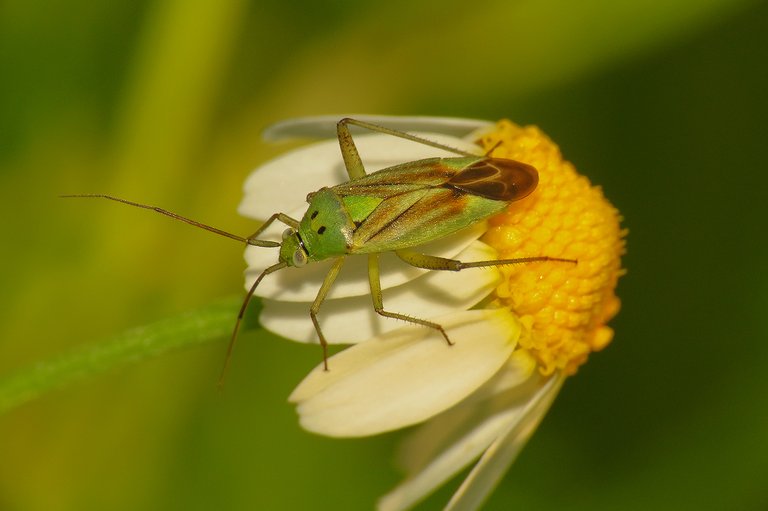
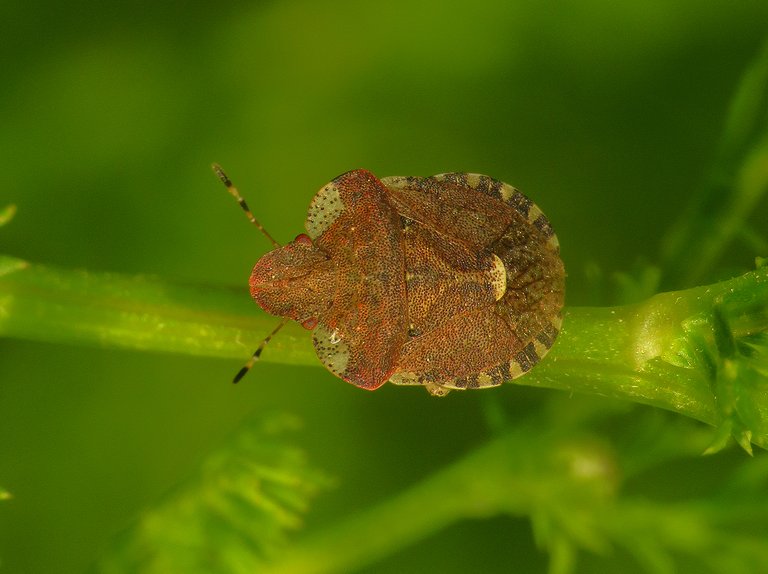
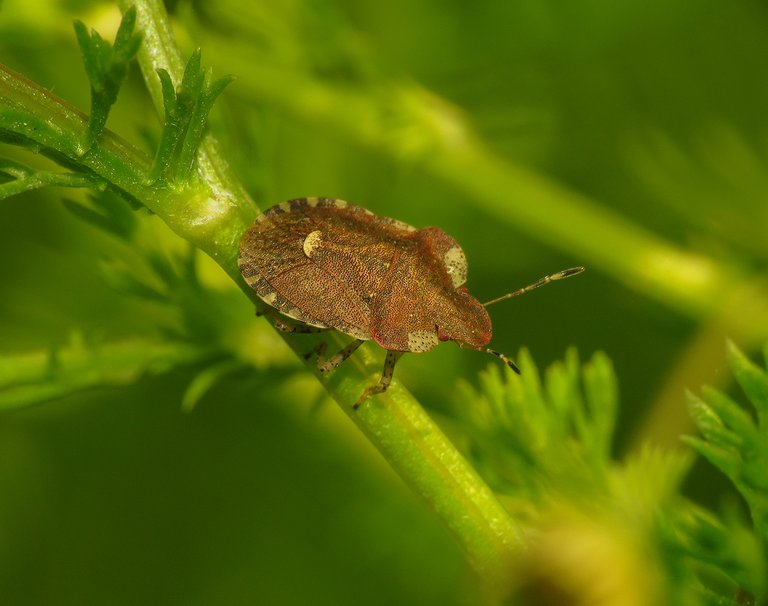
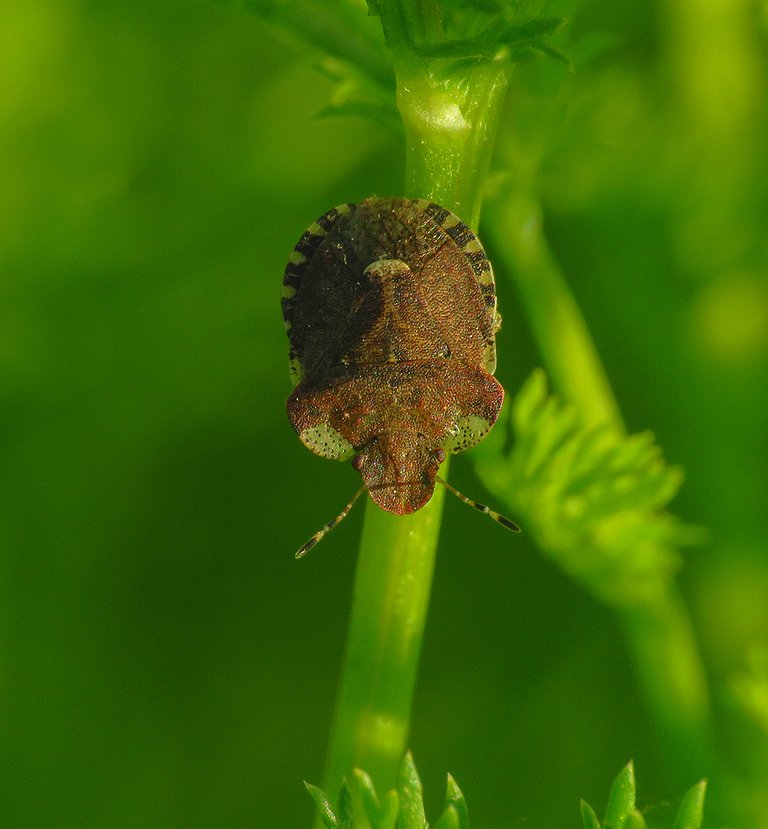
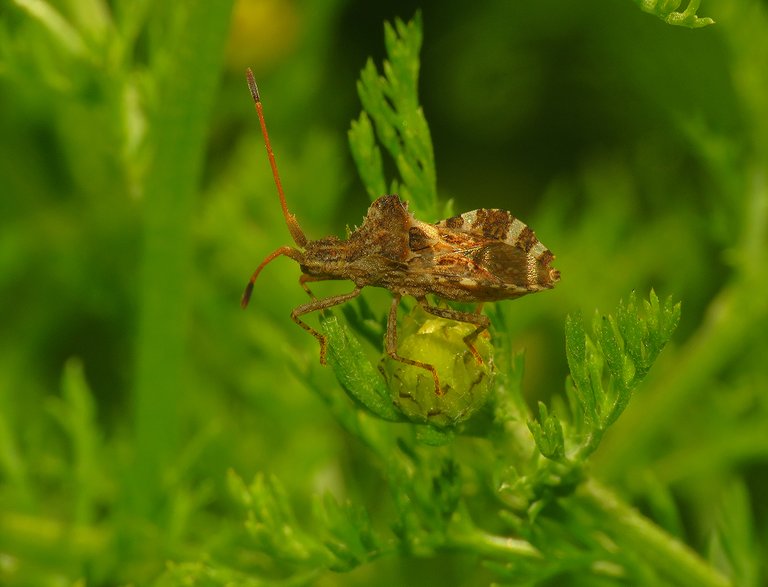
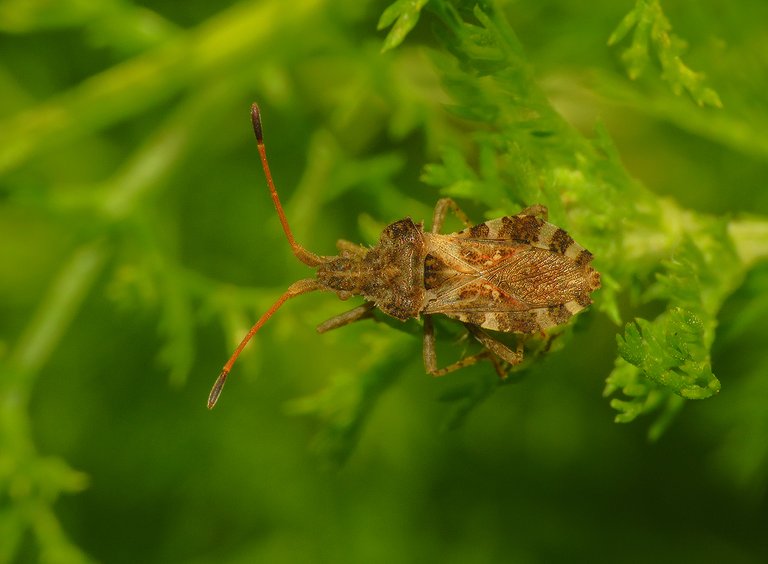

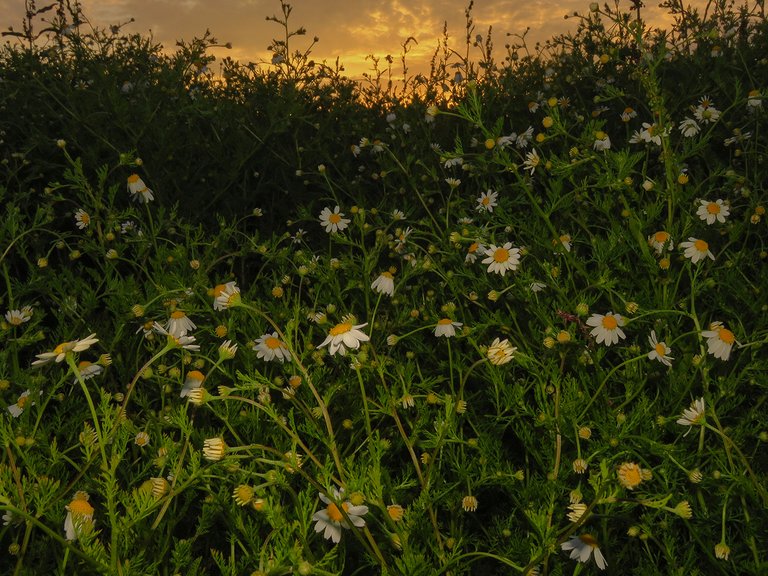
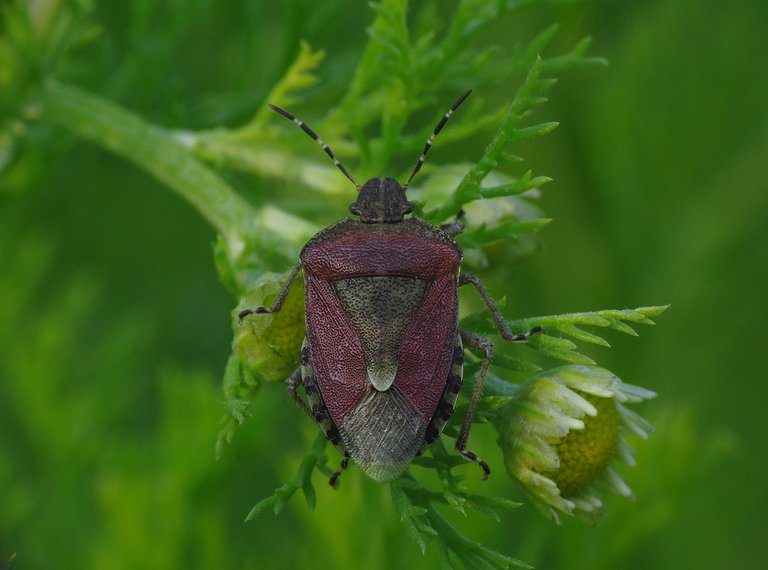
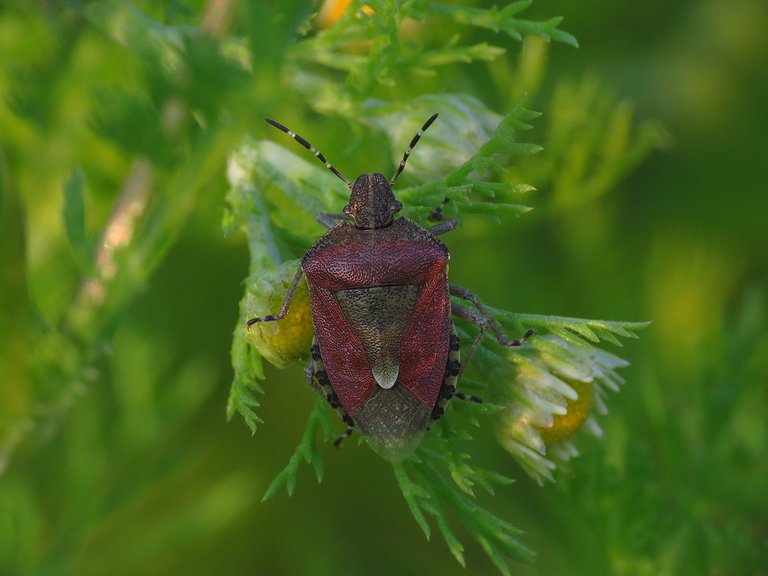
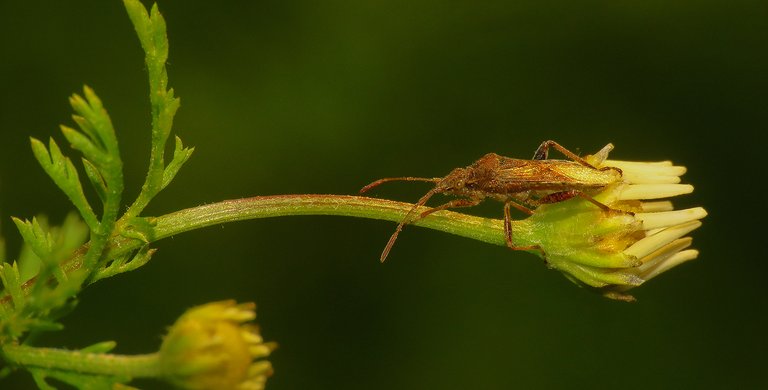
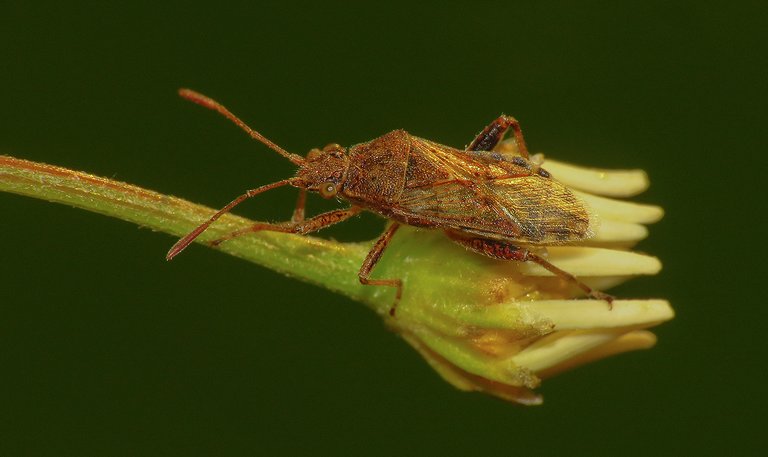
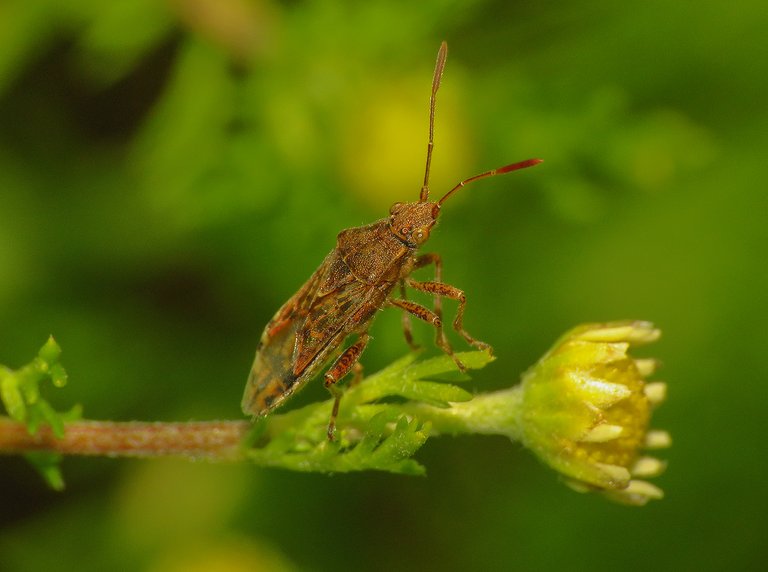

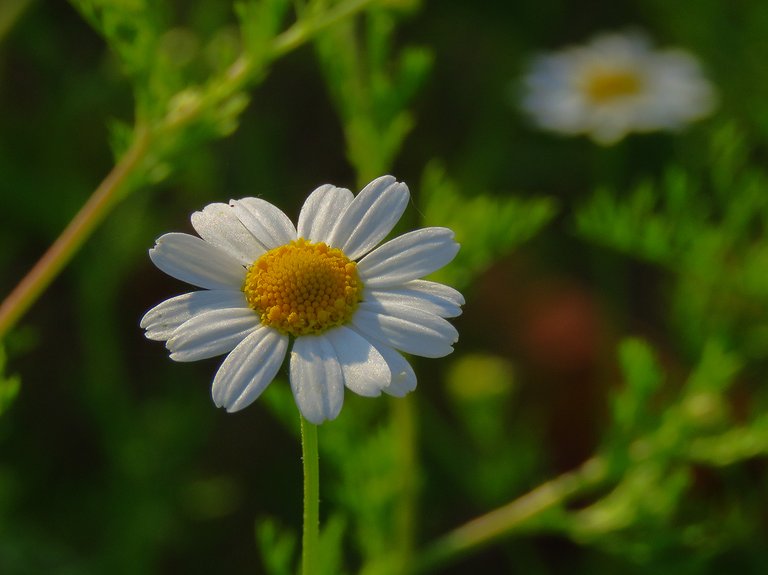
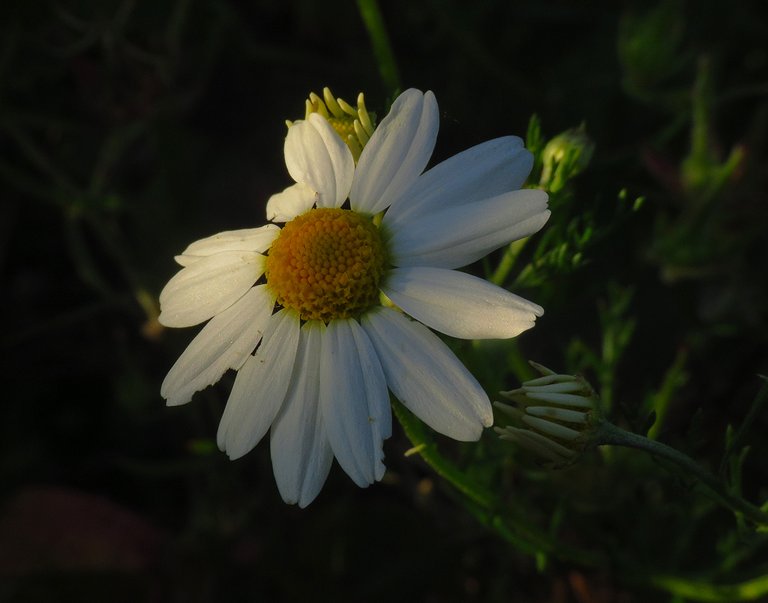
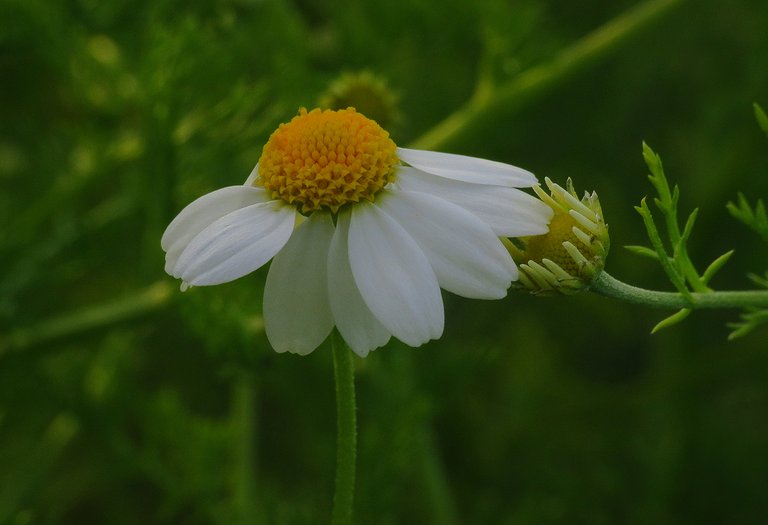
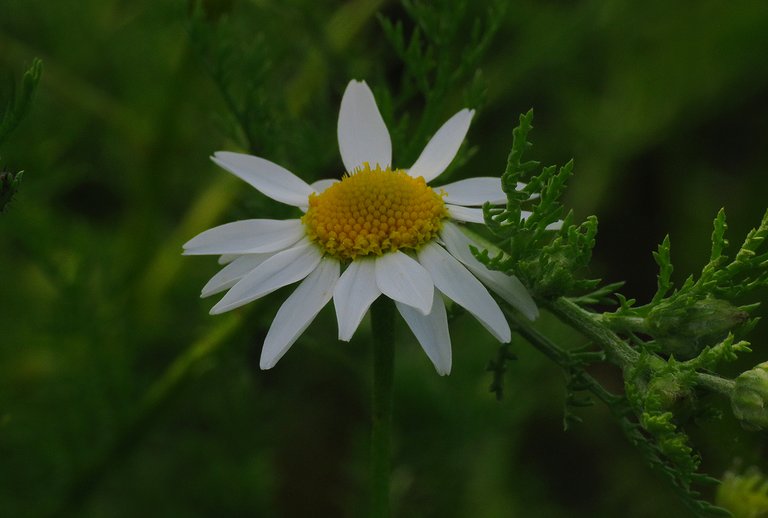
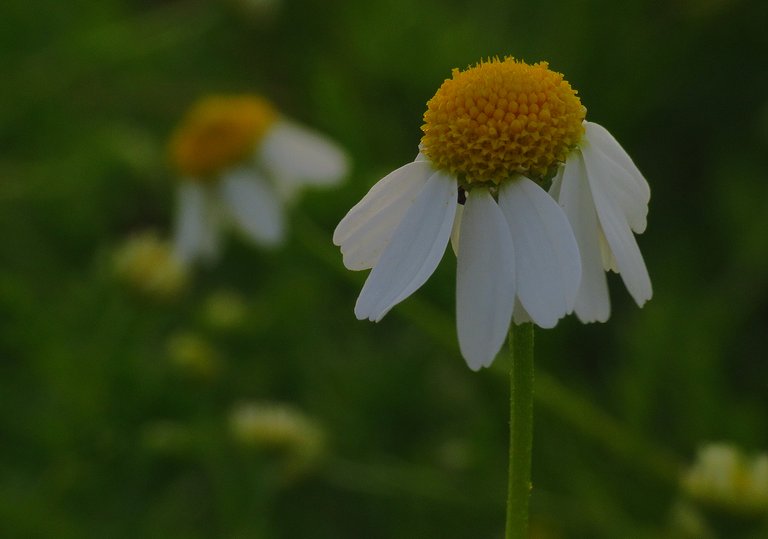
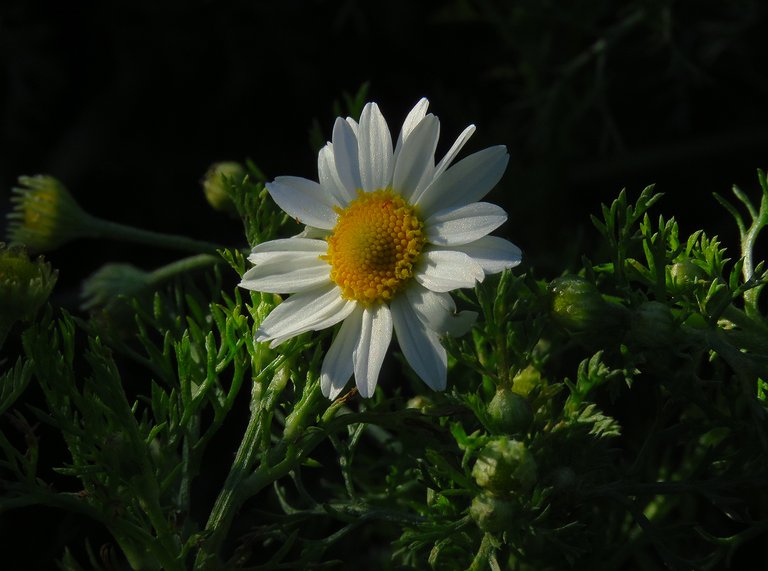
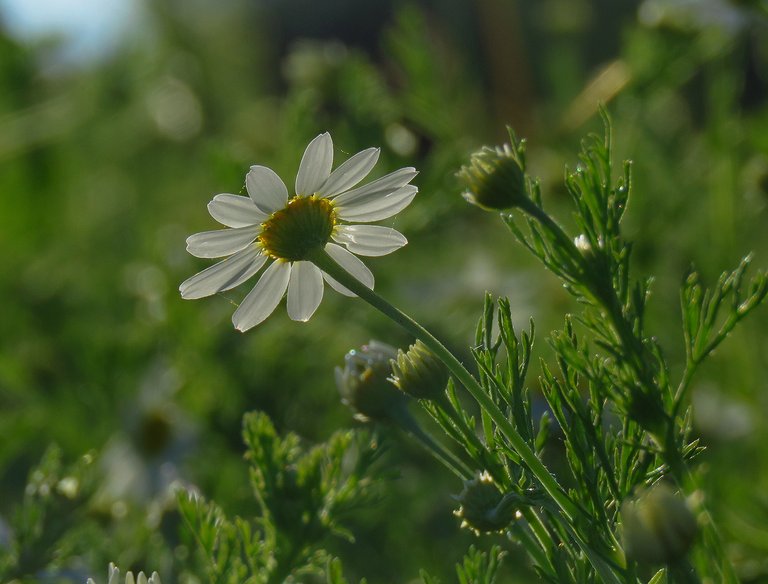
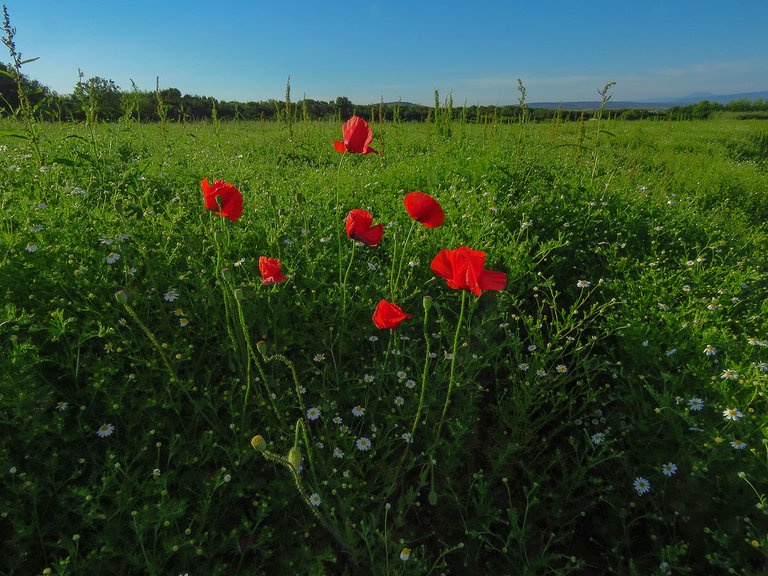

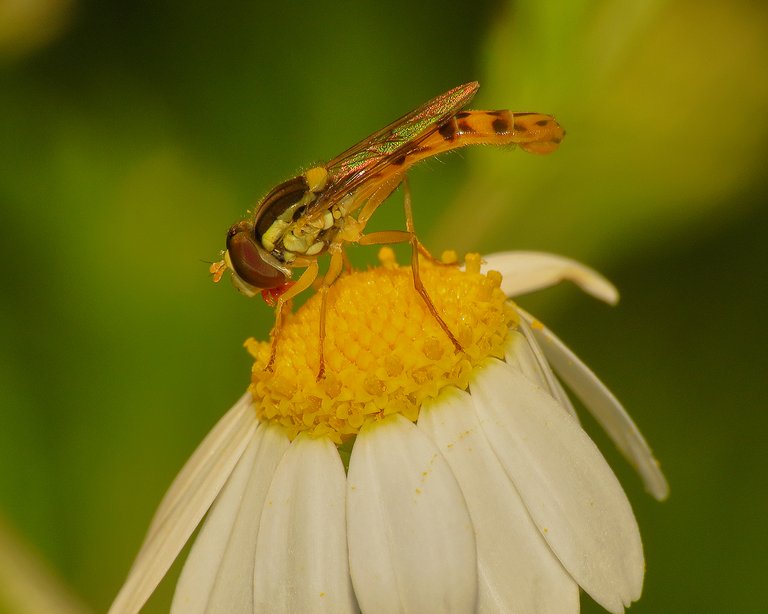
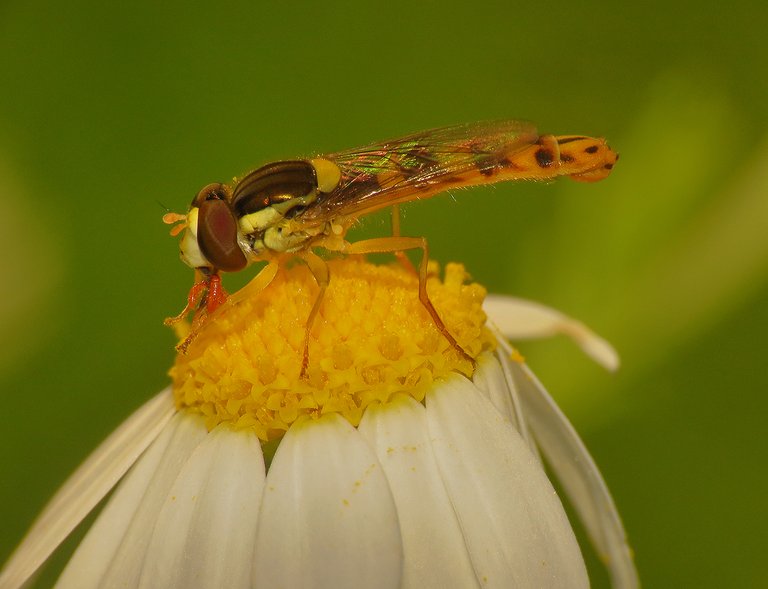
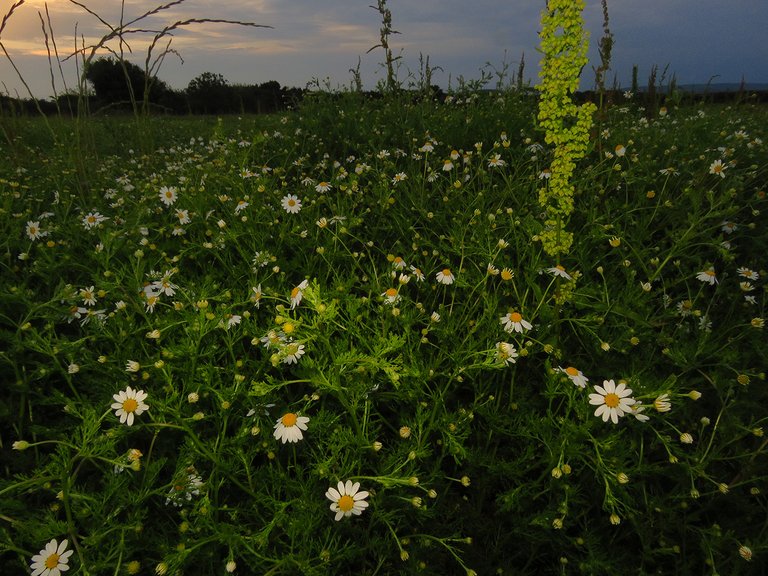
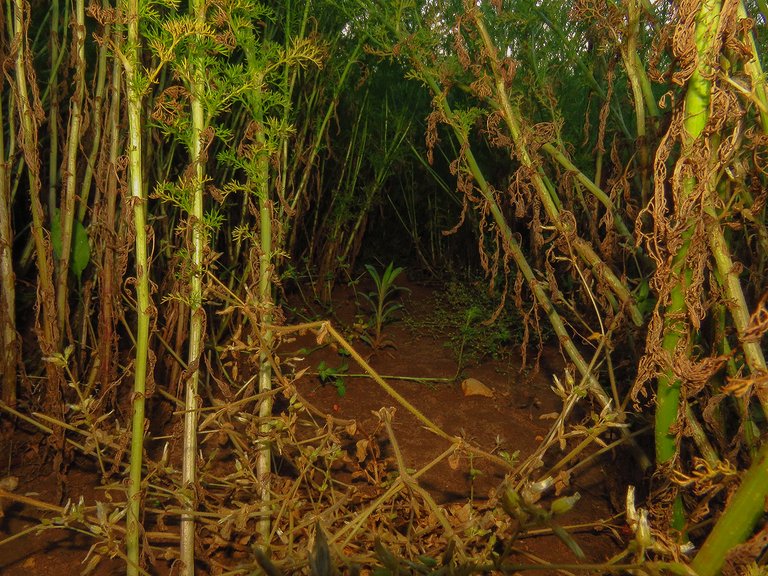
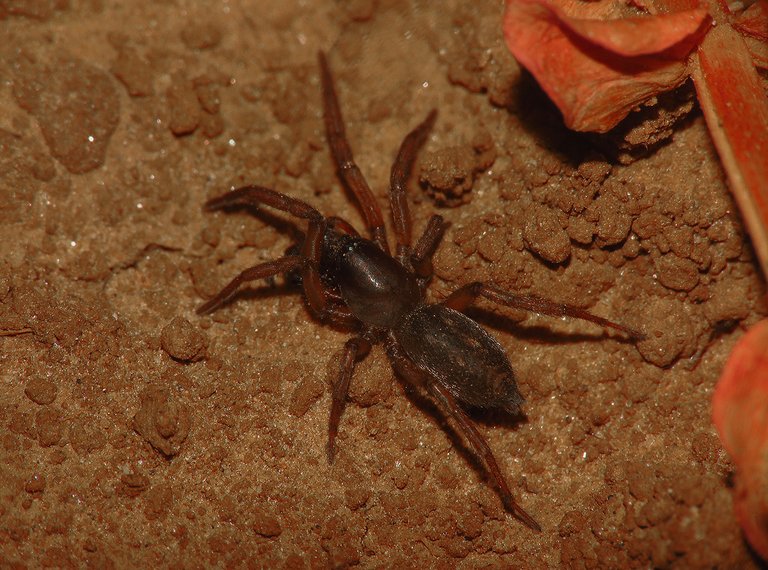
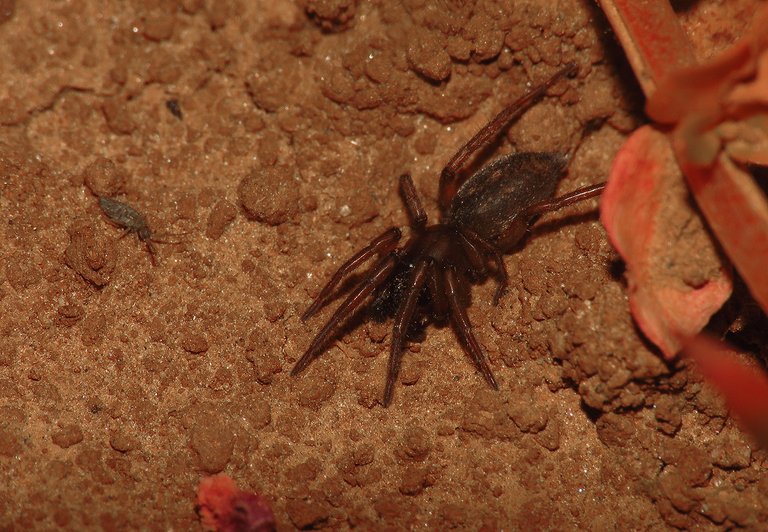
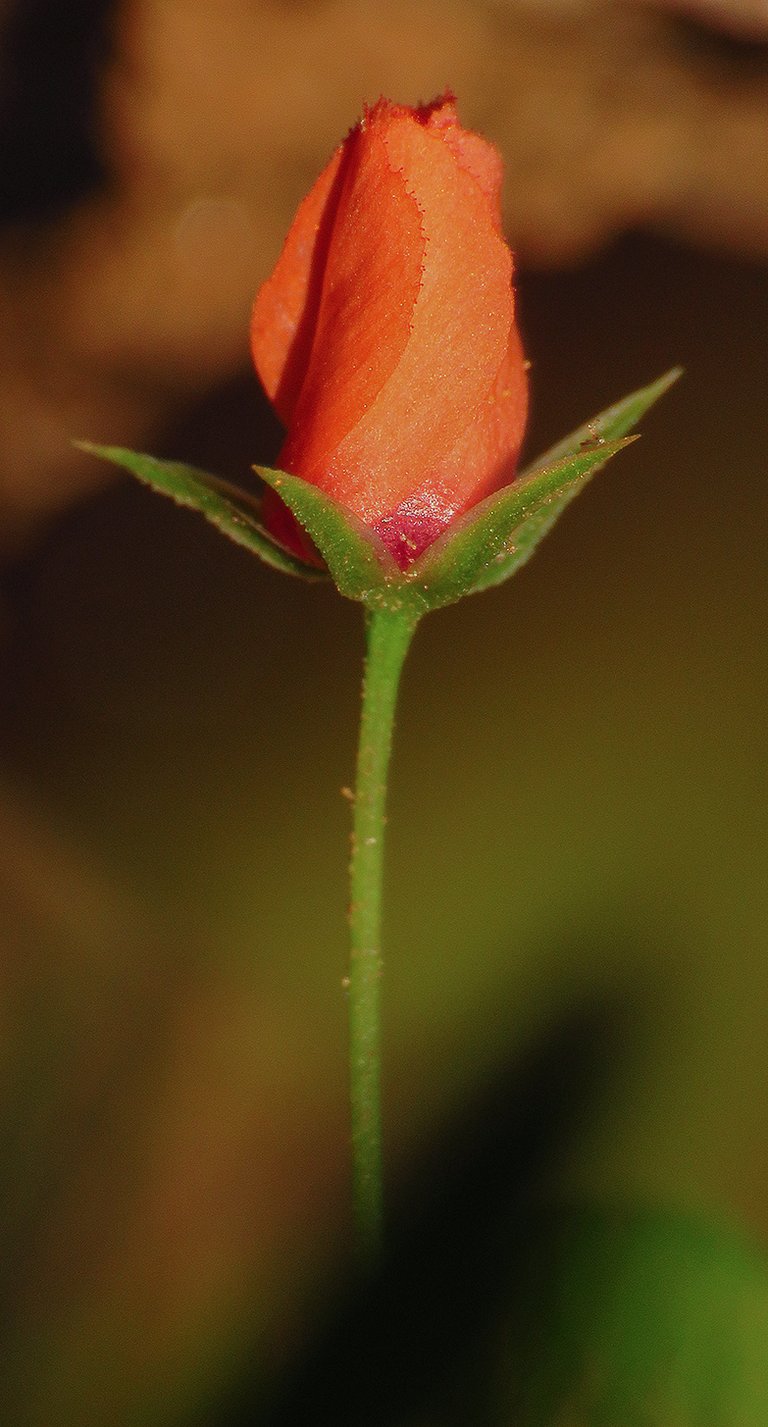
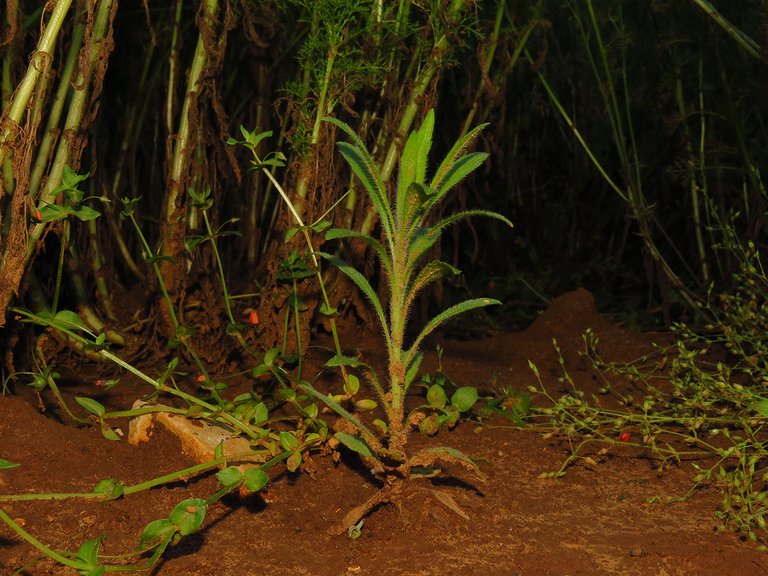
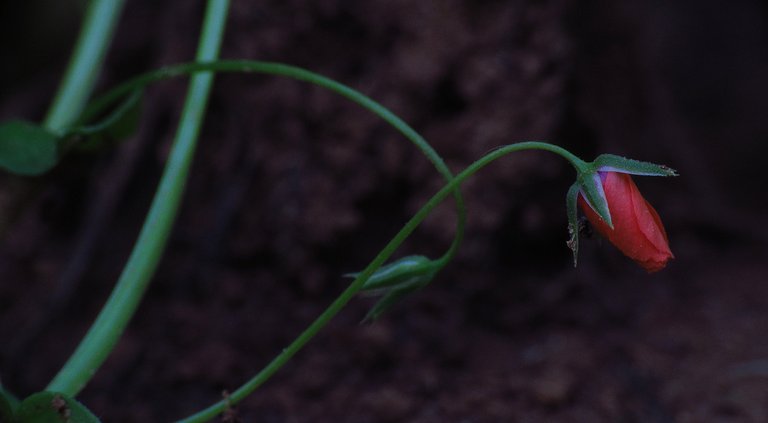
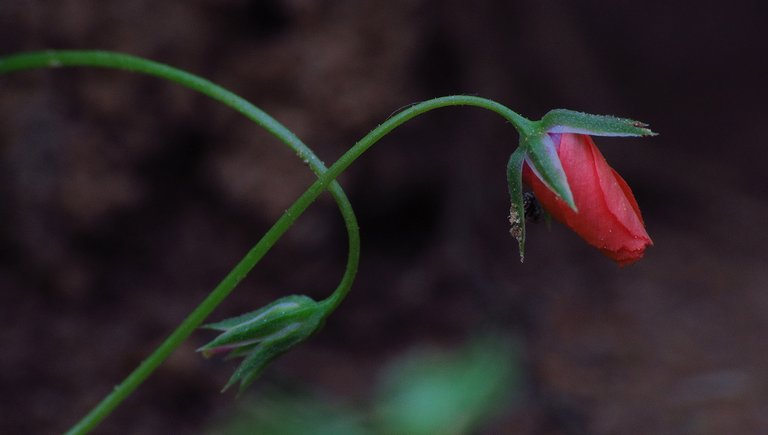
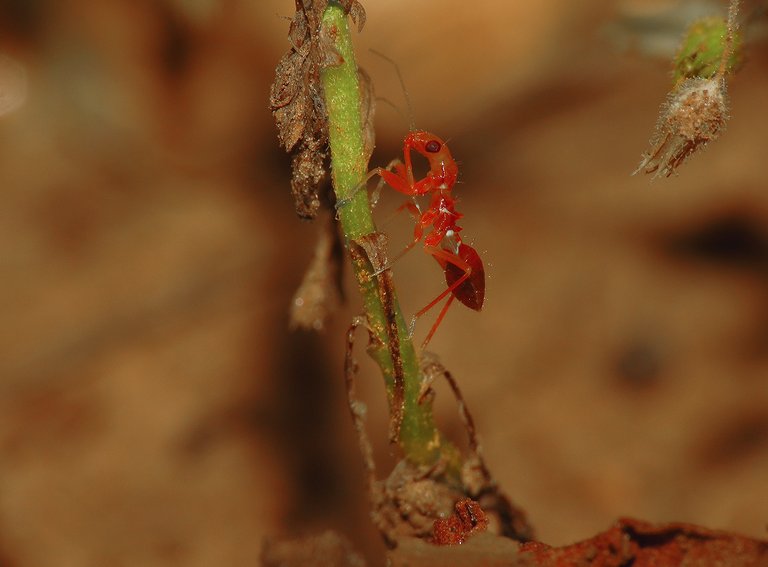
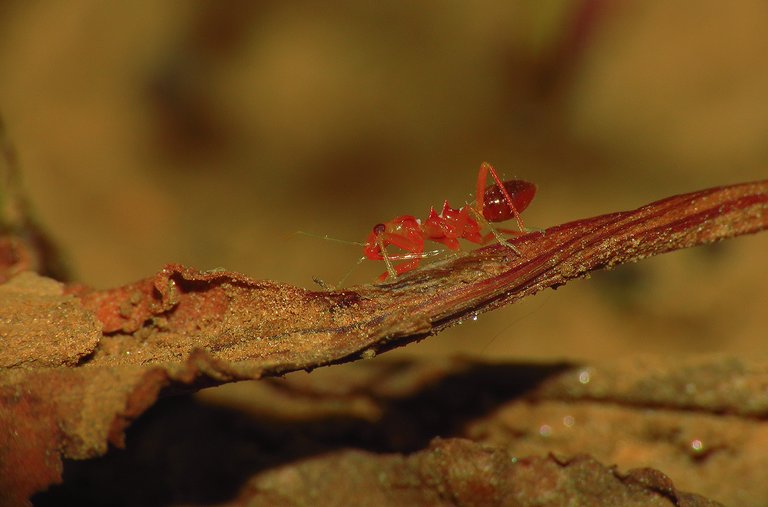
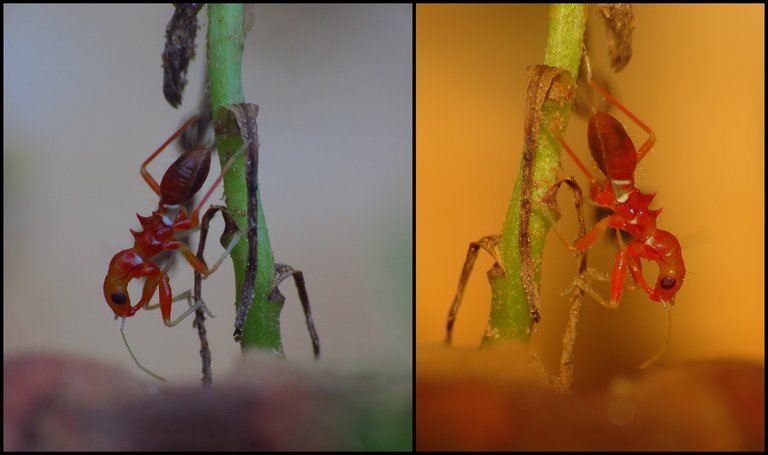

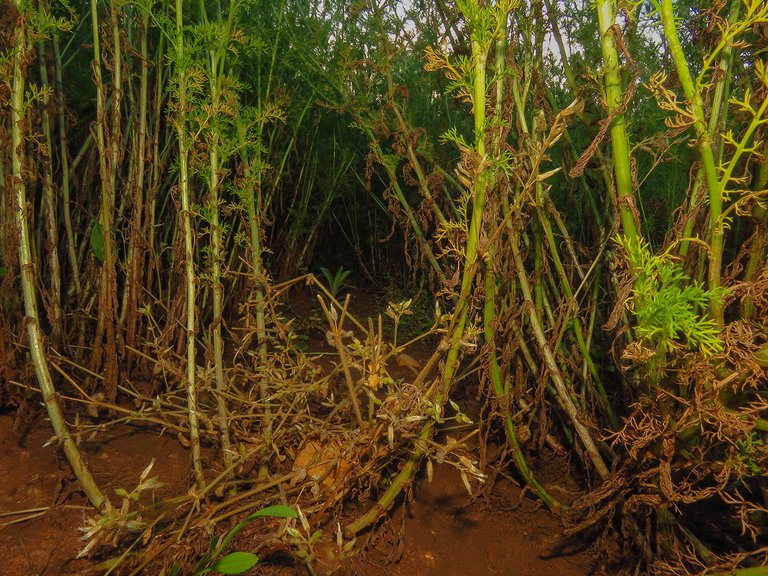
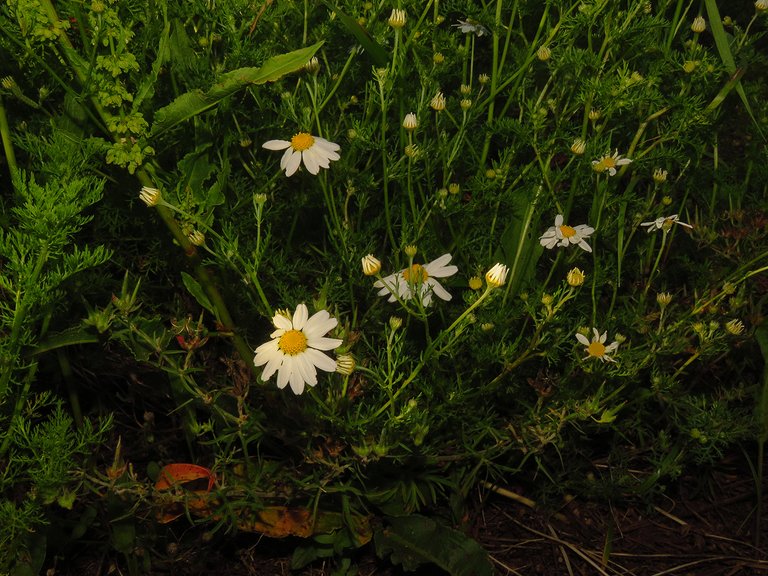
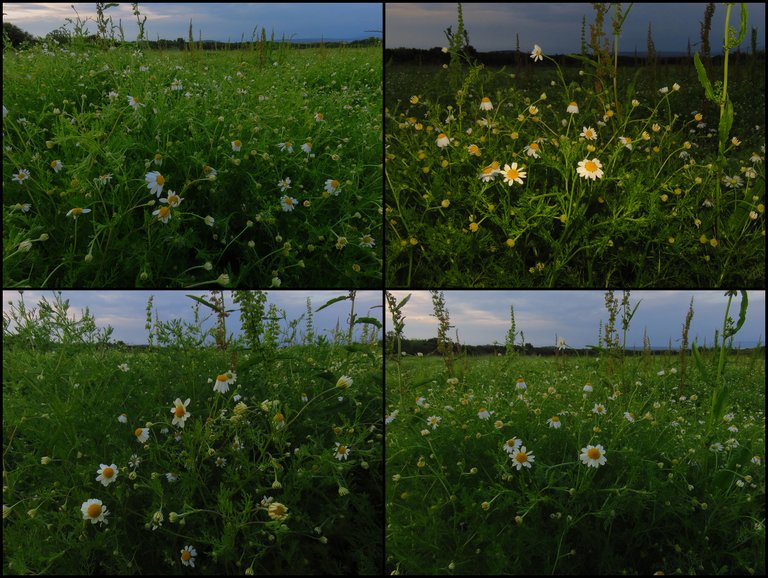
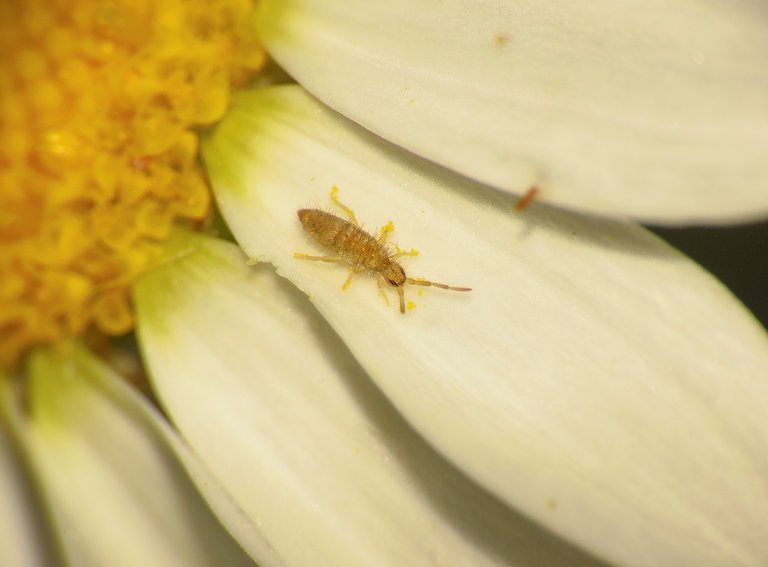
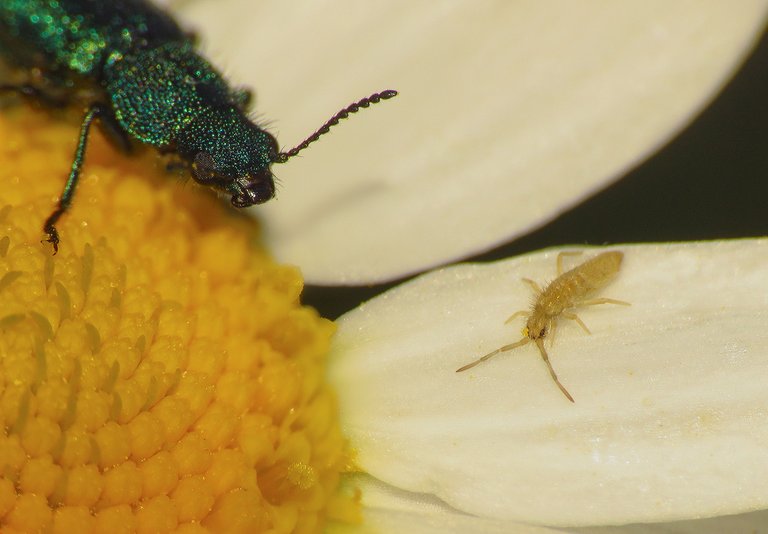
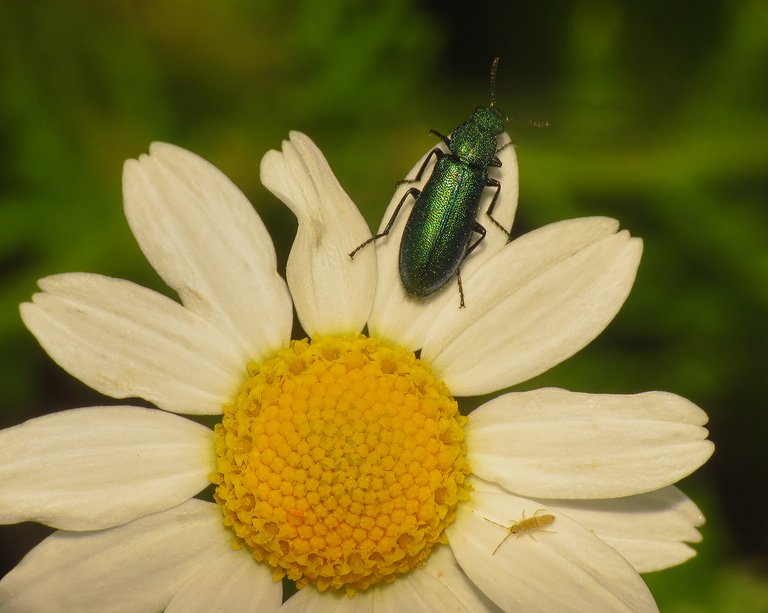
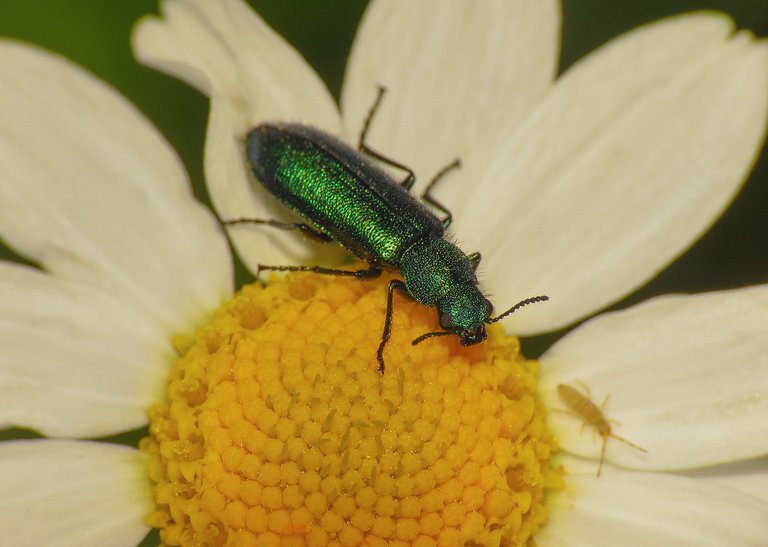
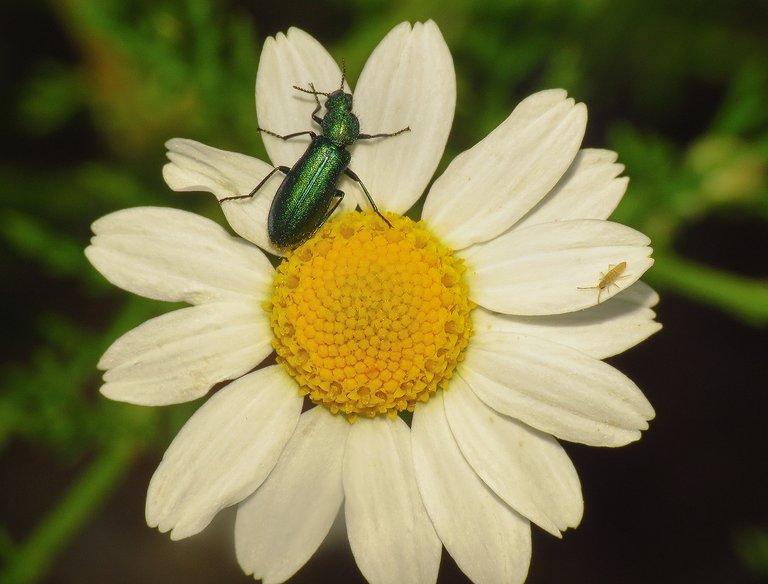
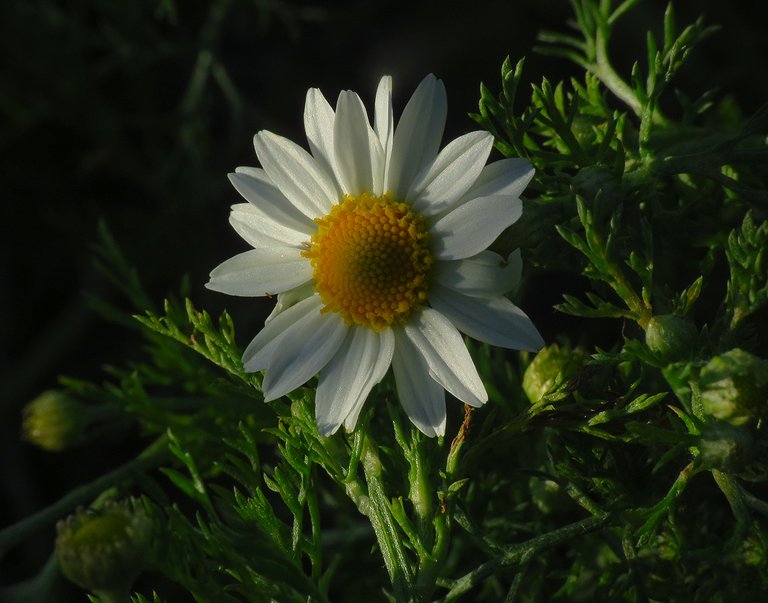
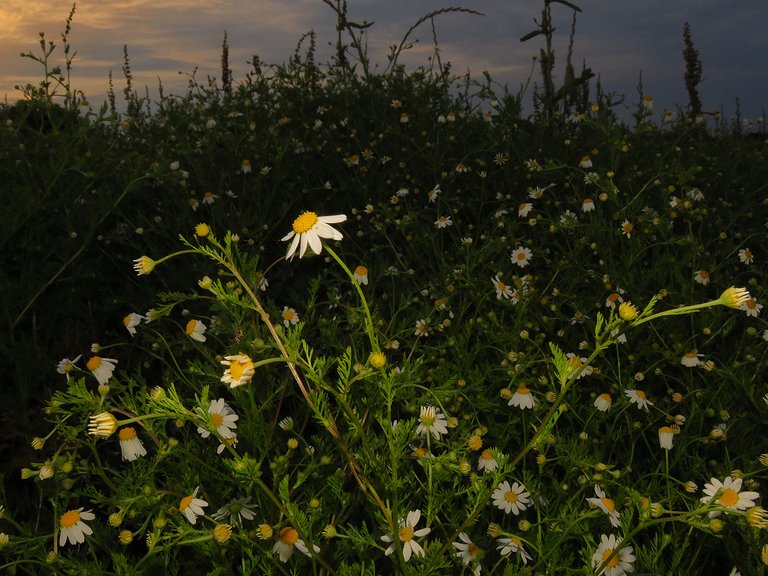
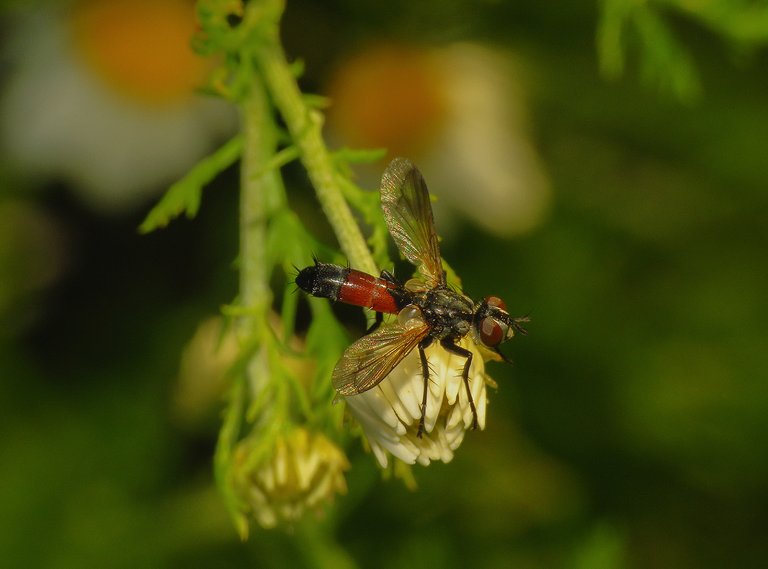
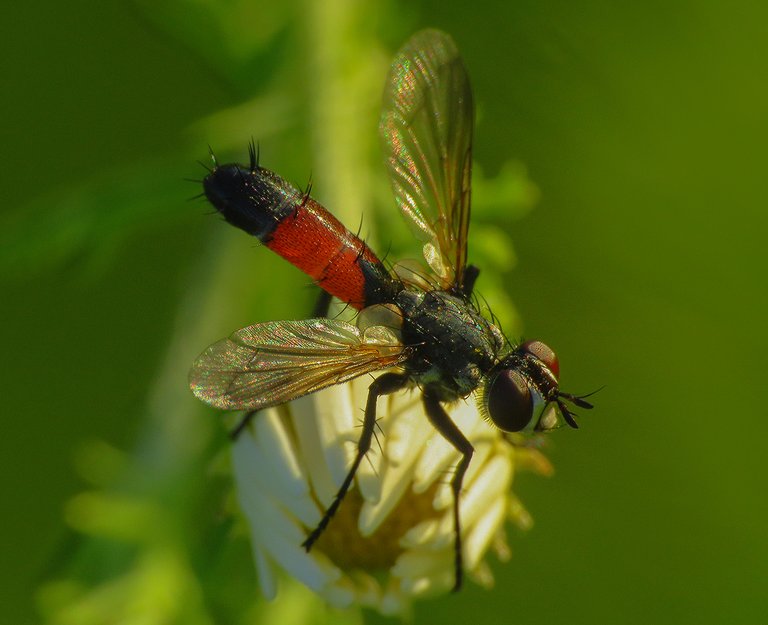
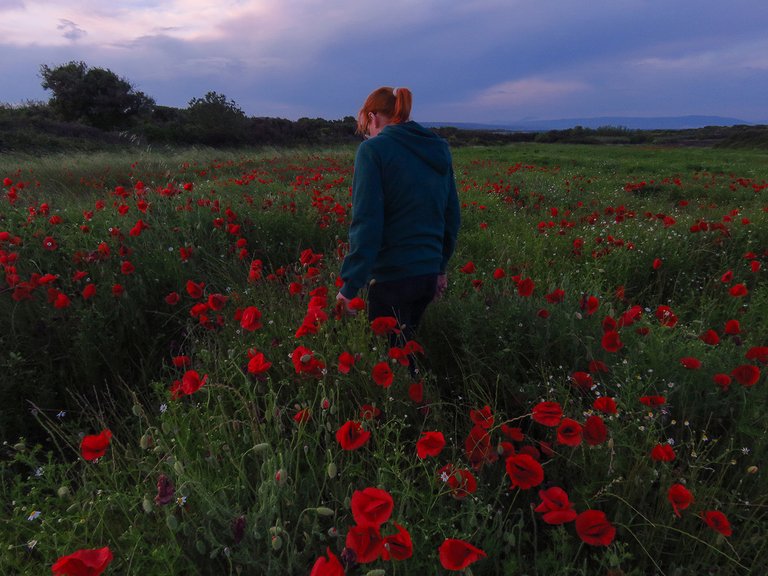
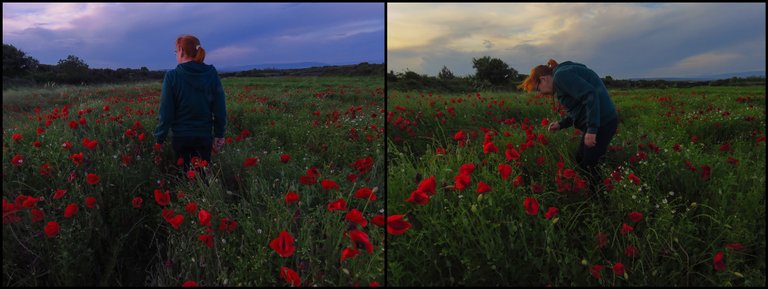
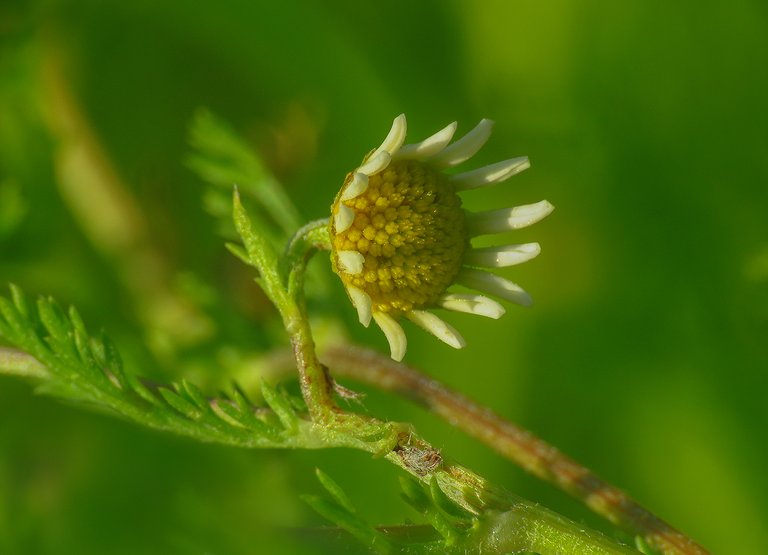
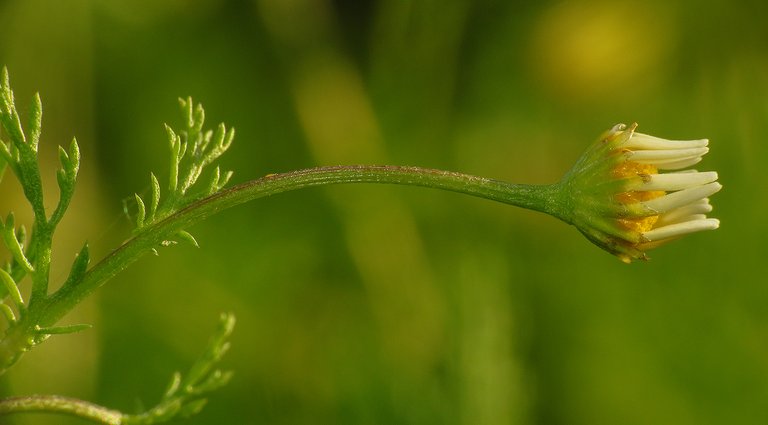
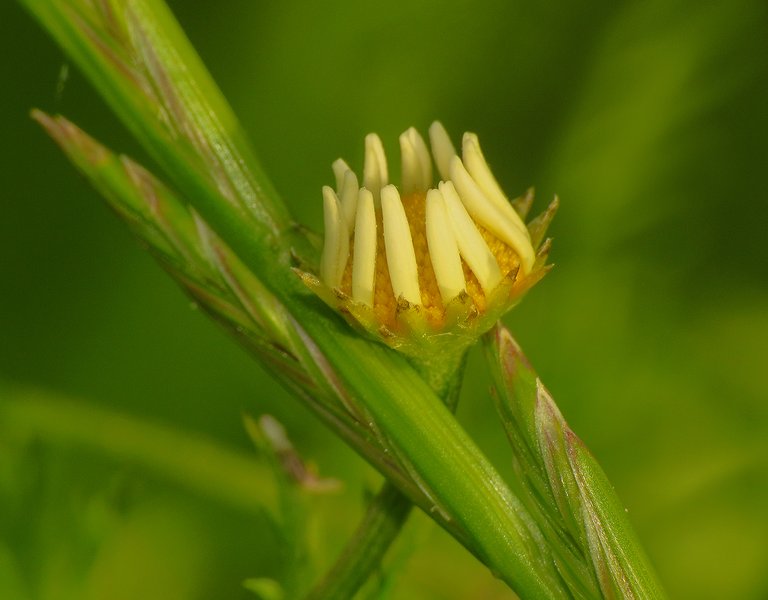
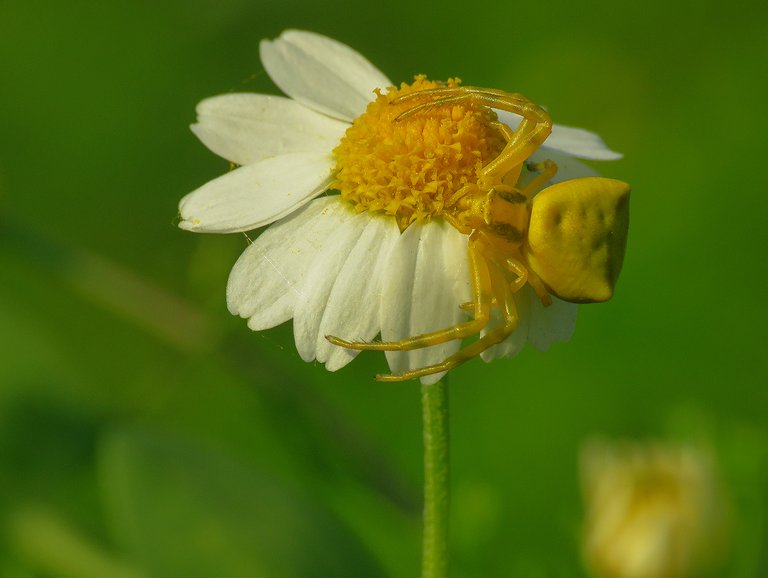
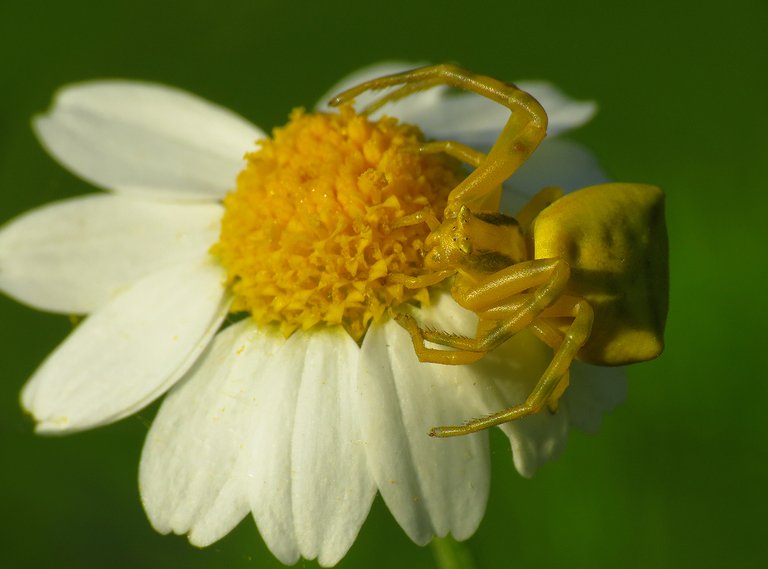
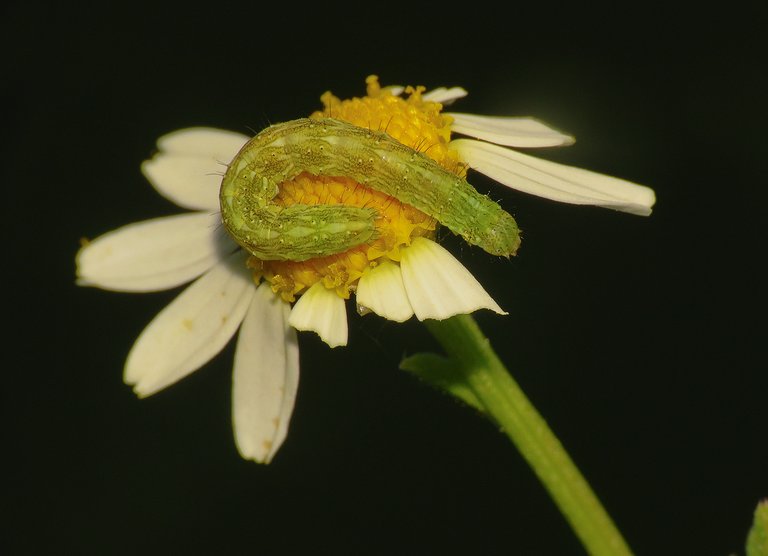
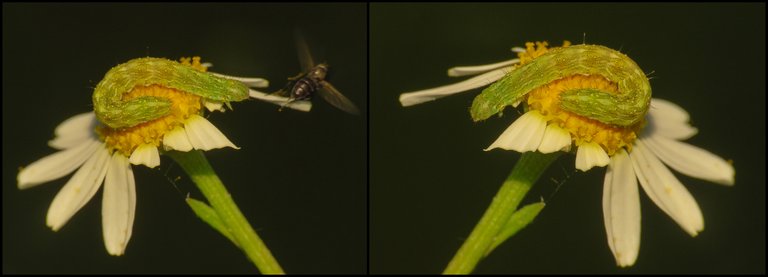
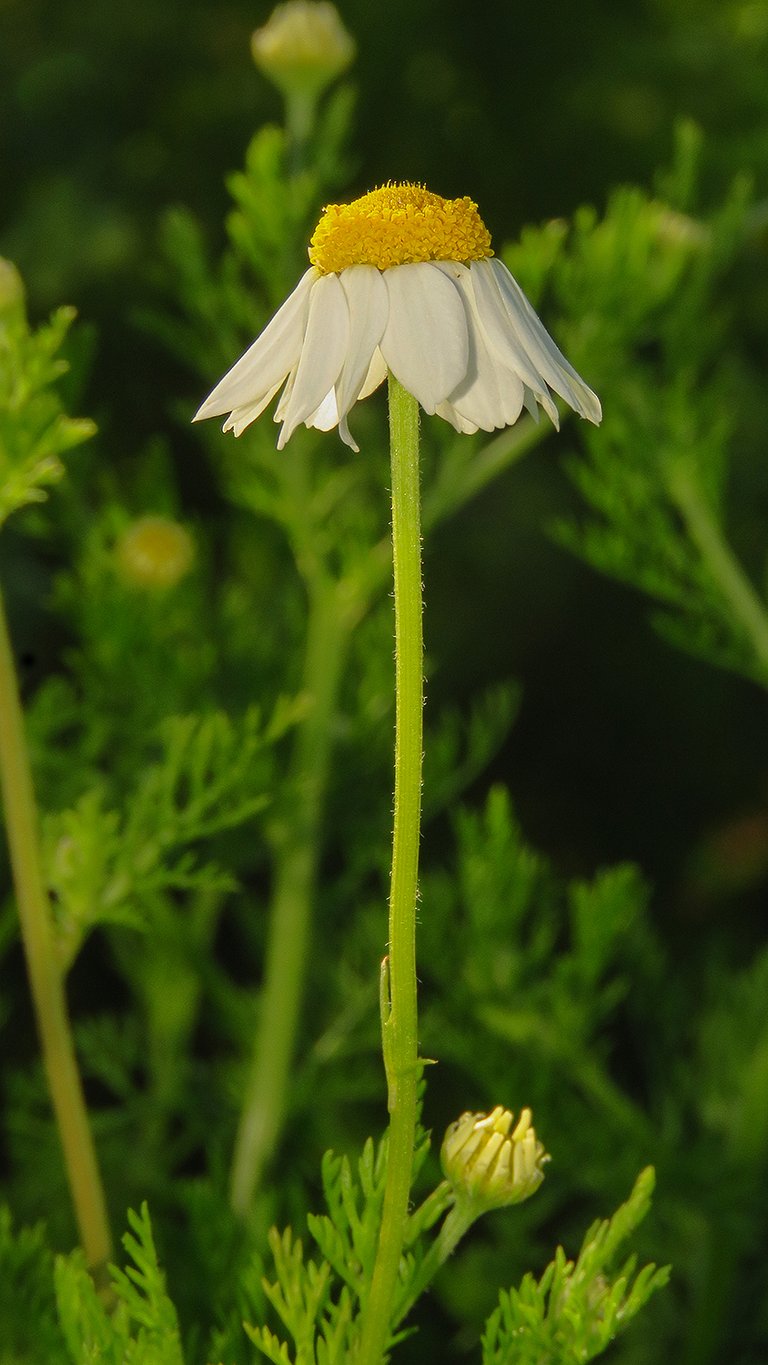
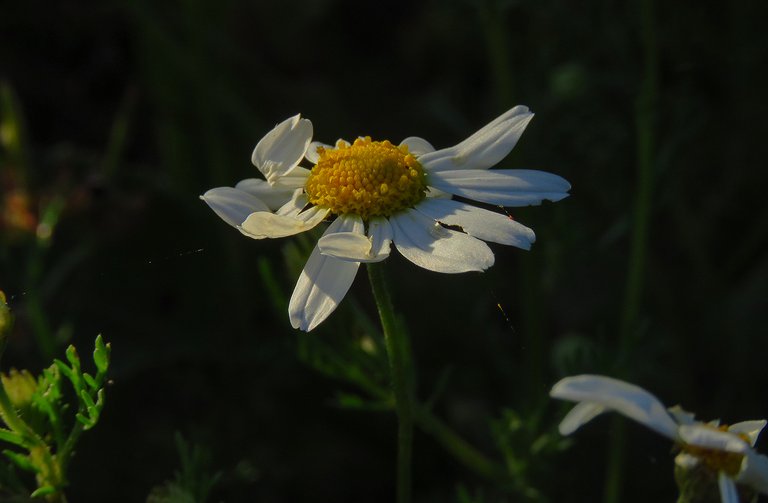
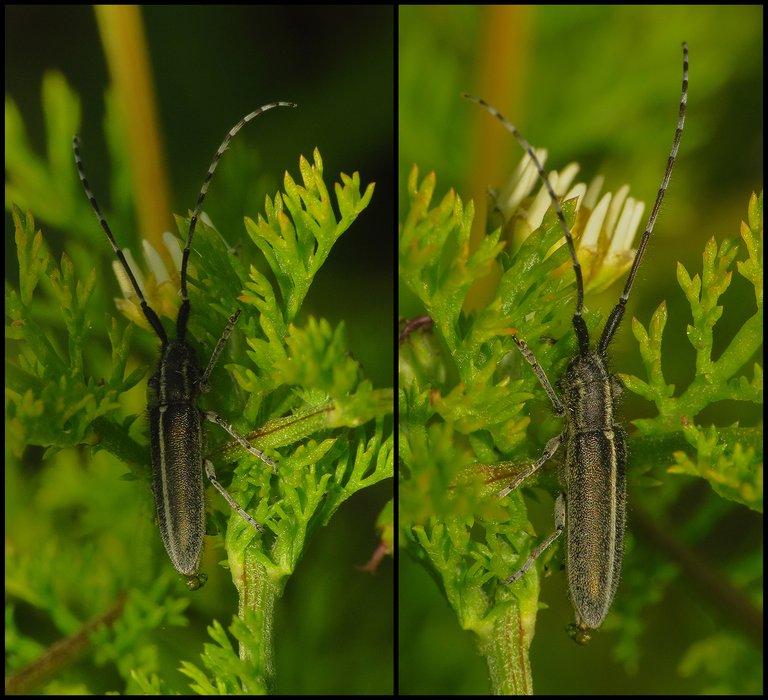
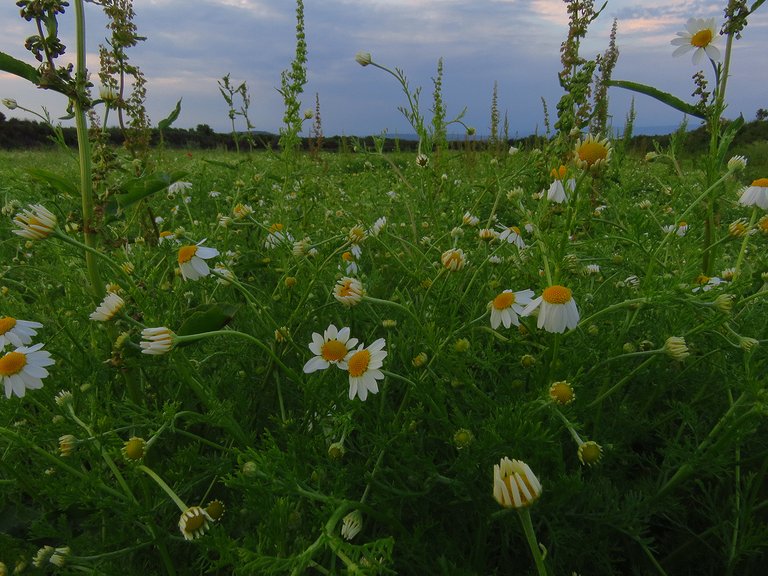
This post is a unique blend of nature observation and storytelling! 🌼📷 You not only captured the biodiversity around Anthemis arvensis on camera, but also shared a lot of great information. From insects to spiders — each photo is a testament to your patience and love. It felt like I was walking next to you among these wildflowers. Thank you for such an educational and eye-opening post!
Thank you. 🙂 Glad you like these photo-stories about nature in my area. I had a lot of fun exploring plants and animals this spring.
You're most welcome! It's always a joy to see nature through your lens. Looking forward to your next photo-story!
You post many pictures at once and each one is very beautiful and interesting to me. I am enjoying the beauty of different species and types of pictures by looking at the pictures in your posts.
Flower and insect on its so amazing view of nature. I really like it. Nice photos
I hope the insects leave the flowers unharmed after draining nectar. The flowers are nature's work of art, I commend your efforts at photographing them. Thanks for sharing.
What a simple celebration of nature’s quiet drama! I love how you brought the field of Anthemis arvensis to life not just with flowers but with the tiny creatures that rely on them. The pictures are also amazing. Keep the good work flowing
https://x.com/jewellery_all/status/1942540991640322522
#hive
@tipu curate 2
Upvoted 👌 (Mana: 28/58) Liquid rewards.
Your detailed observations and stunning knowledge of insect behavior always make your posts both educational and a joy to read. And those shots are amazing!😱💕
Thank you. 🙂
You're welcome! I always love to read and see your posts, they never fail to amaze me.😍
You captured all shots so beautifully… flowers with insect images looks just wow 🤩
Thank you 🙂
Welcome
And yes, I had a late breakfast today because I left early to take photos on my beloved streets 🤓📷... But I ate my breakfast 🥖🍳☕️ looking in ecstasy at your macro photos! 🐜🐛🐞... That was very good!... Thanks for sharing!... Sending big applause for you an this amazing work!!!
!discovery 30
!PIZZA
🙂
This post was shared and voted inside the discord by the curators team of discovery-it
Join our Community and follow our Curation Trail
Discovery-it is also a Witness, vote for us here
Delegate to us for passive income. Check our 80% fee-back Program
$PIZZA slices delivered:
@jlinaresp(10/15) tipped @borjan
Come get MOONed!
Always amazing macro photography stuff dear @borjan friend!!!... Bravo!!!
This post has been manually curated by @bhattg from Indiaunited community. Join us on our Discord Server.
Do you know that you can earn a passive income by delegating to @indiaunited. We share more than 100 % of the curation rewards with the delegators in the form of IUC tokens. HP delegators and IUC token holders also get upto 20% additional vote weight.
Here are some handy links for delegations: 100HP, 250HP, 500HP, 1000HP.
100% of the rewards from this comment goes to the curator for their manual curation efforts. Please encourage the curator @bhattg by upvoting this comment and support the community by voting the posts made by @indiaunited.
The pictures that my friend showed are really beautiful and extraordinary, I really like them.
You’d didn’t just take pictures
You emphasized on the beautiful of the flowers
That’s amazing
wow.. i'm always amazed at your pics. u are a great pic taker. 🙂😎👊
the is little guy or gal stood out to me..
I love these amount of beautiful flowers that you share with us. Also, I have a question. May I know the reason why you share pictures of flowers and maybe not people, places and all?
The fact that all these insects look cute on camera but can sting the hell out of you in real life is alarming.
Lovely pictures as always, well done.
Awesome pictures! Those really are gorgeous flowers and who would have thought that there was such a huge array of insects living all around them. It really is an ecosystem unto itself. Those red flowers are really pretty as well, like tiny red roses. And that crab spider really is funky looking, but that yellow color makes it easy to hide in the yellow of the flowers. Great job!
Yes, many flowers in one place always create a spectacle. And with a lot of insects around the flowers, it's a lot of fun to explore what's going on in nature.
The photos are expectedly stunning. So gorgeous, and the angles are perfect. !LUV
Congratulations @borjan! You have completed the following achievement on the Hive blockchain And have been rewarded with New badge(s)
Your next target is to reach 480000 upvotes.
You can view your badges on your board and compare yourself to others in the Ranking
If you no longer want to receive notifications, reply to this comment with the word
STOPWOW what a lesson and expose!
Love how you not only shot the pics so well with the focus and composition but coupled it with learning. Enjoying the connection between these flowers and the insects that like to visit them brings them into context of ecology. Then all the links to go learn more!
Reminds me I have to share some of the pictures I have taken from the blooms in the garden!
Awesome!
Thank you. 🙂 Glad you like this photo-story about nature in my area. I had a lot of fun taking photographs with a post in mind this spring. It's verry different from just photographing what you find attractive in the moment. It's more interesting when you explore the area with some kind of story in mind.
https://x.com/lee19389/status/1943047967419908302
#hive #posh
Such a great display of colors — nothing is more inviting than a blanket of flowers spread across the meadows, with different insect species visiting every day. It's truly refreshing when someone draws close to nature.
I'll be honest, well, as always, hahaha, I read the post, the photos aren't loading, maybe they're doing some updates.
I missed seeing the flowers, but NOOOOO the insects, spiders, and such, hahaha. I liked reading and not seeing those animals on a large scale, I'm honest, you know that.
A big hug.
I have never seen such a captivating presentation of Anthemis arvensis before. Each picture and information is carefully selected, as if telling a story of nature. I loved reading it!
Thank you. 🙂
Hello borjan!
It's nice to let you know that your article won 🥇 place.
Your post is among the best articles voted 7 days ago by the @hive-lu | King Lucoin Curator by fantagira
You and your curator receive 0.0000 Lu (Lucoin) investment token and a 9.16% share of the reward from Daily Report 719. Additionally, you can also receive a unique LUGOLD token for taking 1st place. All you need to do is reblog this report of the day with your winnings.
Buy Lu on the Hive-Engine exchange | World of Lu created by @szejq
STOPor to resume write a wordSTART